
Skin cancer is the most common type of cancer in the United States, with more than 3.3 million new cases diagnosed each year. The good news is that skin cancer is also one of the most treatable forms of cancer Read More
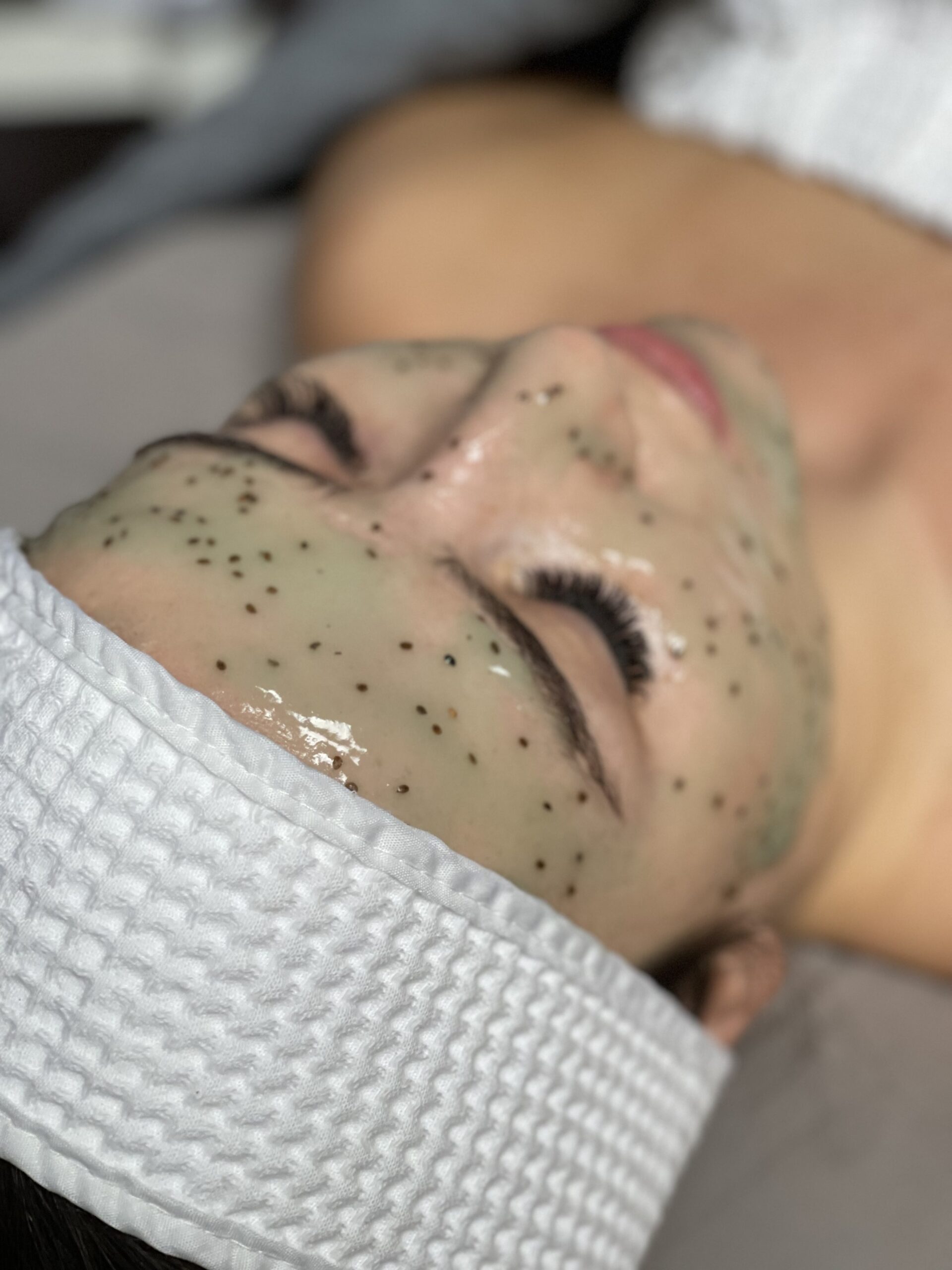
As we head into the summer months, it is essential to take extra care of our skin. The sun’s harmful UV rays can damage our skin, leading to premature aging, wrinkles, and even skin cancer. A professional facial is a Read More

Vitamin C is an essential nutrient that is vital to many bodily functions, including skin health. It is a powerful antioxidant that can help protect the skin from damage caused by free radicals, which are unstable molecules that can cause Read More

Are you tired of frequent shaving, waxing, tweezing, or ineffective and painful at-home treatments to remove unwanted hair? Do you struggle with ingrown hairs, folliculitis, hirsutism, hidradenitis suppurativa, etc.? Laser hair reduction, a popular procedure for anyone who wants a more Read More
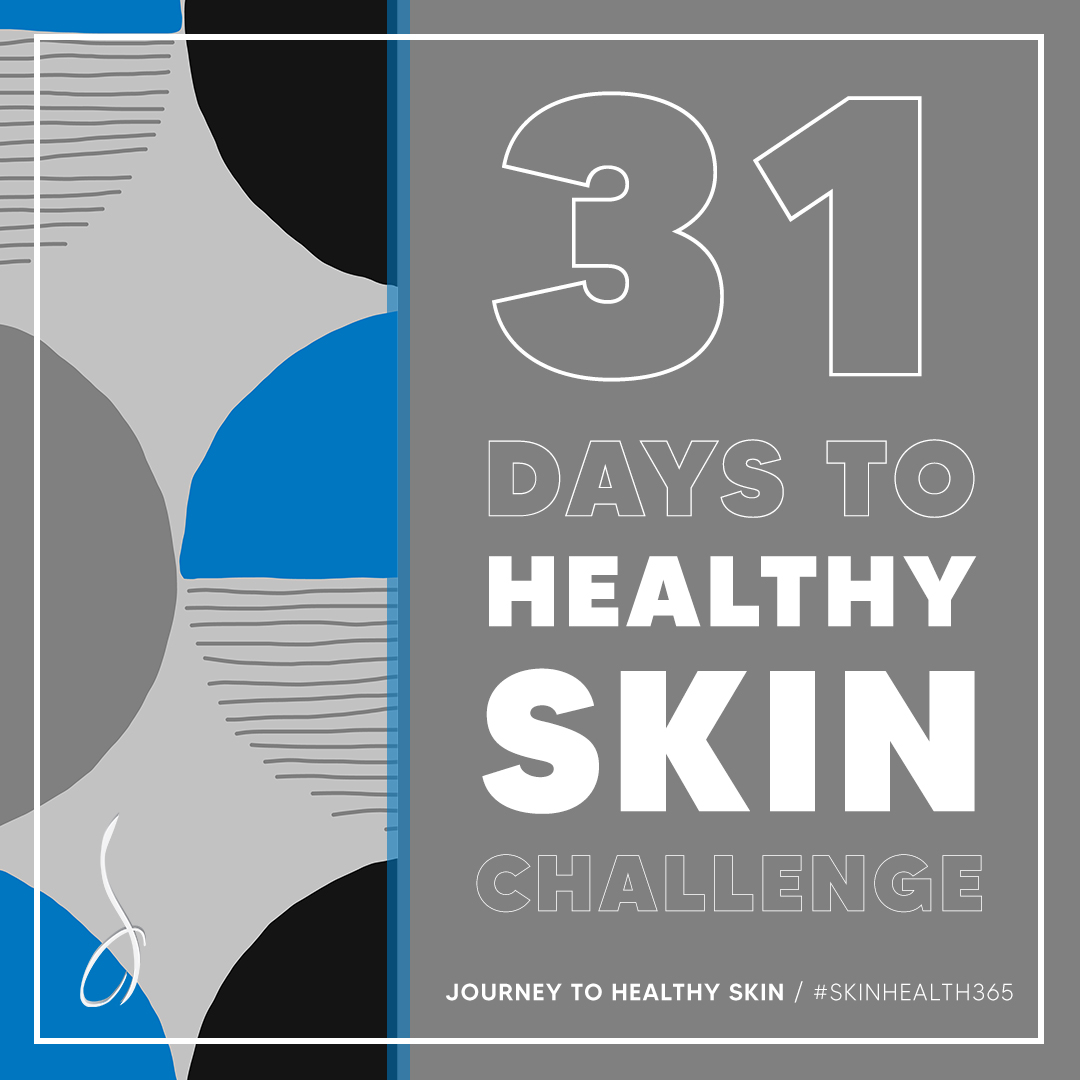
We encourage you to take a new approach to your skin health by committing to your skin’s needs every day. Our 2023 Healthy Skin Challenge has ended, but it’s not too late to participate on your own. Save the challenge Read More

With the holiday season just around the corner, chances are you will attend various gatherings. And when you consider that friends and family will commemorate these moments with pictures and video recordings, you want your skin to look its very Read More

The skin is the largest organ and protects your body in many ways. It is vital that your body’s first line of defense is healthy. In 1997, the American Academy of Dermatology (AAD) designated November as National Healthy Skin Month. Read More

Keeping up a good skin care routine takes time and dedication, and it’s easy to get lax about it now that the kids are back in school and summer is drawing to a close. For these reasons and several others, Read More

In summer, the sun’s UV rays can be especially damaging to the skin, contributing to skin cancer, sun damage, fine lines and wrinkles, and even premature aging. The heat from the sun can dehydrate you, causing your skin to feel Read More

Skin cancer is the world’s most common form of cancer. Statistically, 1 in 5 Americans will develop skin cancer by the age of 70. Receiving a skin cancer diagnosis can be upsetting and scary, but fortunately, when detected early, the 5-year survival Read More

Spring has finally arrived, and summer won’t be far behind it. Although you are looking forward to spending more time outdoors, you want your skin to remain healthy and look its best. You already wear sunscreen, cleanse your face, and Read More
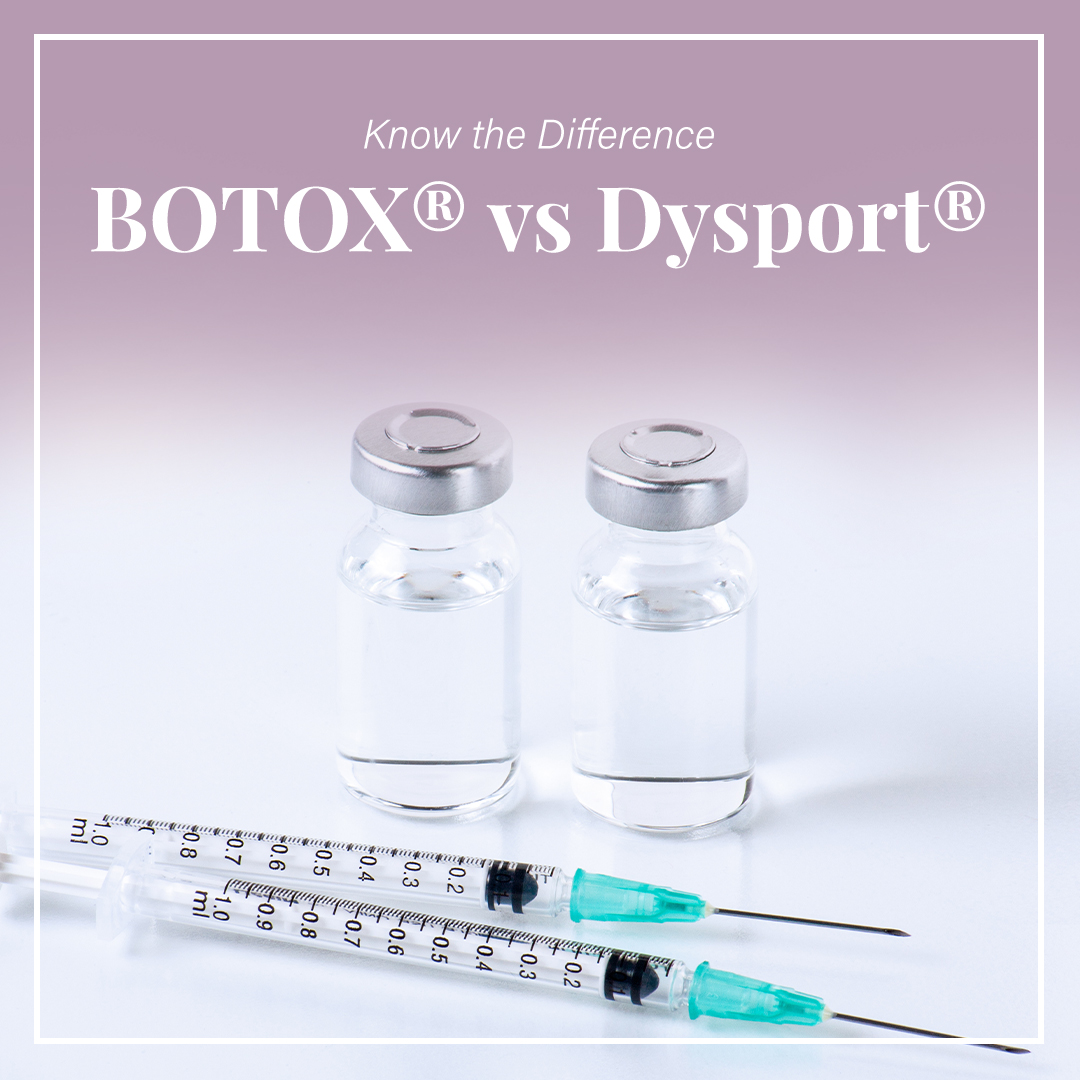
For many, the aging process leads to fine lines and wrinkles. Neurotoxins, or injections used to block muscle contractions, reduce the signs of aging and minimize wrinkles. BOTOX® and Dysport® are two types of neurotoxins, typically referred to as neuromodulators, Read More

When was the last time you had a full skin check? Many people don’t think about their skin until there’s pain or a bump. Yet, routine care is essential for preventing health complications and quickly treating skin conditions. Your skin Read More

Just like your hair, teeth, and other parts of your body, your skin could use some extra love once in a while. Valentine’s Day may have passed, but you still have the opportunity to show your skin some love when Read More

Caring for your skin is vital, regardless of your age or skin tone. After all, the skin is the largest organ of the human body, and it protects us from multiple dangers every day. Knowing your skin type and recognizing Read More

The New Year is upon us once again, which means that countless people are about to set resolutions for themselves that they will work hard on all year long. In 2020, approximately 43% of Americans said that their resolution was to eat Read More

The holidays are an opportunity to travel, see loved ones, and explore new places. However, the disruption to your routine could throw you off your regular skin maintenance schedule. The following tips can help you keep your skin fresh and Read More

The wintertime can be harsh on the skin, especially if you are already predisposed to dry and flaky skin. During the winter, several factors, including lack of humidity, adding extra layers of clothing to our wardrobe, cranking up the heat, Read More

With the holidays just around the corner, you may be debating on the best gift to give someone who puts a lot of effort into caring for their skin and body. We want to make things easy for you here Read More

While healthy skin habits are important throughout the year, during Healthy Skin Awareness Month, it is time to think about the steps that go beyond the basics. That is, the things you need to do to ensure your skin remains Read More

The American Cancer Society states that 1 in 8 women in the U.S. – or about 13 percent – will develop invasive breast cancer at some time in their life. In 2021, an estimated 280,000 women will be diagnosed in Read More

October is Eczema Awareness Month. This year’s theme is “Get Eczema Wise.” There’s no better time than right now to learn more about this condition, why it occurs, and how to treat it. So, what is eczema, and why is Read More

Fall is a great time to schedule cosmetic treatments — and not just to deal with any sun damage you may have accrued. The sun is less bright in autumn, making it easier on skin that’s a bit more sensitive Read More

Acne is generally associated with teenagers, but this skin concern doesn’t necessarily disappear once you reach adulthood. There is something known as adult acne that many adults contend with. If you have it, you’re not alone. It hits about 1 Read More

Summer is ending, and it is time to resume a normal work routine. With COVID-19 vaccination rates rising, businesses and schools are returning to regular schedules. As you’re getting more face time with family, friends, and colleagues, it is time Read More

August is Psoriasis Awareness Month. During this month, it’s the right time to let others know about this condition, what it causes, and how to get help for it. Effective strategies for improving the appearance of psoriasis are available, though Read More

Are you ready to embrace your natural skin this summer? The sun’s UV rays damage the skin, so it’s vital to protect the body’s largest organ before heading outside. Although sun-kissed skin gives the appearance that many desire, people often Read More

Ultraviolet (UV) radiation comes from the sun and created sources such as welding torches and tanning beds. The term radiation refers to sending out energy from any type of source. Types of UV Radiation Scientists classify UV rays based on Read More

There is a good chance that you have heard of HydraFacials, but perhaps you are not quite sure what is involved. It is a good idea to understand what happens during a HydraFacial before your first appointment so that you Read More

Now that summer is here, millions of Americans will be spending more time in the sun than they have in months. Unfortunately, enjoying the sunshine without taking steps to protect your skin can result in painful sunburns, premature skin aging, Read More

Now is the perfect time for spring cleaning. As you’re clearing those dust bunnies and going through piles of clutter throughout your home, don’t neglect your bathroom counter, makeup drawer, or vanity—wherever you store your skincare products and makeup. It’s Read More

Our country continues to face the ongoing threat from the coronavirus (COVID-19). As always, our #1 goal is patient care and, in an effort, to ensure patient safety and the well-being of our staff, we are asking that you proactively Read More

Many people love spending time out in the sun, enjoying nature, and embracing life to the fullest. Yet, some are putting themselves at risk if they don’t know the dangers of skin cancer. Skin cancer, one of the most common Read More

Are you looking into ways to reduce your facial wrinkles? In that case, you’ve probably heard of BOTOX®. It is a toxin — crafted from the bacterium Clostridium botulinum — that blocks nerve signals when injected into muscles, preventing them from contracting. Read More

Spring is here, and the sun is starting to shine. Before you begin laying out this beach season, be sure to get your annual skin exam. Skin checks are an essential part of your healthcare. Skin checks for abnormal moles Read More

Washing your face is an essential part of your daily hygiene and skin care. Individualized in-office treatments and a good at-home routine is the winning combination to glowing skin. You can maximize your treatment results by taking good care of Read More

This March, we are highlighting ways that you can take your skin into your own hands. The skin is the largest organ on our bodies but probably one of the most neglected. Even if you haven’t prioritized your skin, there Read More

As we age, our faces begin to lose volume – leading to the appearance of sagging skin and wrinkles. This includes our lips. Lips start to lose definition, look less plump, and fine lines around our mouths start to form. Read More

It’s official. The cold winter months are upon us. While the winter season means snow days, hot chocolate, and time together, it also brings some unwanted issues. Due to chilling winds and a lack of moisture in the air, skin Read More

The cold, dry winter months affect all skin types, but what if you are already suffering from a condition? It is important to be proactive to understand how winter weather affects your skin condition. Here are some common skin conditions, Read More

Fall is in full swing and the temperature is quickly dropping. With the air getting cooler and dryer, we’re here to make sure your skin doesn’t. These are some helpful hints to keep your skin healthy and moisturized this season. Read More

To find an irregular dark spot on your skin can be a little concerning. Most of these spots are harmless and caused by aging, sun damage or even an underlying condition. We want our skin to be smooth and clear, Read More

Dear valued patient: We are excited to announce that Dermatology and Mohs Surgery Center has partnered with (and are now an affiliate of) Anne Arundel Dermatology (AAD), a larger Mid-Atlantic private dermatology group that started in Annapolis, Maryland, and is Read More

To My Patients: The COVID 19 pandemic forced the closure of our office as of March 16 for our patients and staff’s safety. Since then, I have worked remotely to refill prescriptions and care for our patients’ needs as they Read More

With limited hours of the day, bad habits are easily formed. Here are some habits you need to get rid of, for the sake of your skin’s health. Popping zits – An instinct reaction after waking up to a zit Read More

Our month-long giveaway begins September 9, 2020, and ends on September 30th, 2020. Every 2 weeks we will announce a new prize offering. Winners will be announced bi-weekly following the giveaway announcement. During that time, all you have to do is Read More

If you desire to look more youthful and feel better about yourself in 2020, we can help with these three quick and easy in-office cosmetic treatments. Dermal Fillers Dermal fillers are injectable gels that work by rebuilding the collagen in Read More

As medical professionals, we are trained to place the well-being and safety of our patients above all else, and that commitment to your health and safety is driving every decision made during this challenging time. We are closely monitoring all Read More

As the COVID-19 pandemic continues, medical offices are back to being fully open for healthcare needs. While it is always important, the start of summer is a perfect reminder to practice sun safety. While most of the country was in Read More

A Message from Anne Arundel Dermatology and its Affiliate Offices After careful consideration, Anne Arundel Dermatology and it’s Affiliate Offices will be rescheduling all cosmetic services until further notice. We will do our best to keep everyone up to date when we Read More

As medical professionals, we are trained to place the well-being and safety of our patients above all else, and that commitment to your health and safety is driving every decision made during this challenging time. We are closely monitoring all Read More

For Patients on Biologics or Other Immunosuppressive Medications: If you are currently taking an injectable biologic medication for eczema, psoriasis or other dermatologic condition, please contact your provider if you have any questions regarding the use of your medication during Read More

As medical professionals, we are trained to place the well-being and safety of our patients above all else, and that commitment to your health and safety is driving every decision we are making during this challenging time. We are closely Read More

We are committed to protecting the health and wellbeing of our patients, their families, our staff, and the communities we serve. To that end, we are asking our patients to contact us if you have an appointment scheduled with one Read More

Co-Founder Dr. Angela Peterman performed skin cancer screenings at the MD State House in Annapolis, MD, while she and other dermatologists advocated for SB-952, which addresses step therapy. Dr. Peterman (right) is with the President of the MD Dermatology Society, Read More

Our March Madness BOGO Cosmetic Specials are here! Enjoy our bracket-style savings for the month of March. Full Terms and Conditions: *BOGO offers valid 3/2/2020 – 3/31/2020. Offer valid for new treatments only, cannot be combined with existing treatments or Read More

Our month-long giveaway begins February 3rd, 2020 and ends on February 29th, 2020. Every week we will announce a new prize offering. Winners will be announced each week following the giveaway announcement. During that time, all you have to do Read More

Be the first to get the alert! Sign up for Brilliant Distinctions® by clicking the link below to receive notifications on November 20, when it’s finally BO-TIME. This will be an epic one day only event featuring an exclusive offer, Read More

Imagine this: a child has a pesky patch of skin that no matter how many times a pediatrician sees the rash, it does not seem to be improving. It might be time to visit a Pediatric Dermatologist. Pediatric dermatologic care Read More

We all know that sunburn is a significant risk in the summer. The rules are: seek shade, wear protective clothing, and use a broad-spectrum sunscreen (with an SPF of at least 30). However, sunburn isn’t the only summer skin problem. Read More

What is SkinTyte? SkinTyte is a non-invasive treatment used to treat skin laxity and sagging. The SkinTyte treatment offers fast, safe, and effective treatments tailored for all skin types with no downtime. SkinTyte uses advanced infrared light to deeply heat Read More

When it comes to skin procedures, the aftercare is as important as the treatment itself. Do you plan on undergoing laser treatment, microdermabrasion or even a facial peel anytime soon? Be sure to continue reading to understand the do’s and Read More

Start your cosmetic journey this Summer with Anne Arundel Dermatology! In July, receive $50 off Botox or Dysport, and receive 15% off CoolSculpting! * Schedule your beauty consultation by visiting our website to request an appointment or call (443)351-3376. *Offer valid until Read More

There’s nothing like a sunburn to ruin your fun on a vacation. With the coming of warmer weather, the rise of sun-related risks come into play. Learn how to soothe a sunburn so that it won’t ruin your fun. Even Read More

Laser skin resurfacing is a popular procedure in the cosmetic dermatology world. The procedure consists of using a laser device to smooth and even the surface of the skin. Whether it’s the first time getting a laser treatment or a Read More
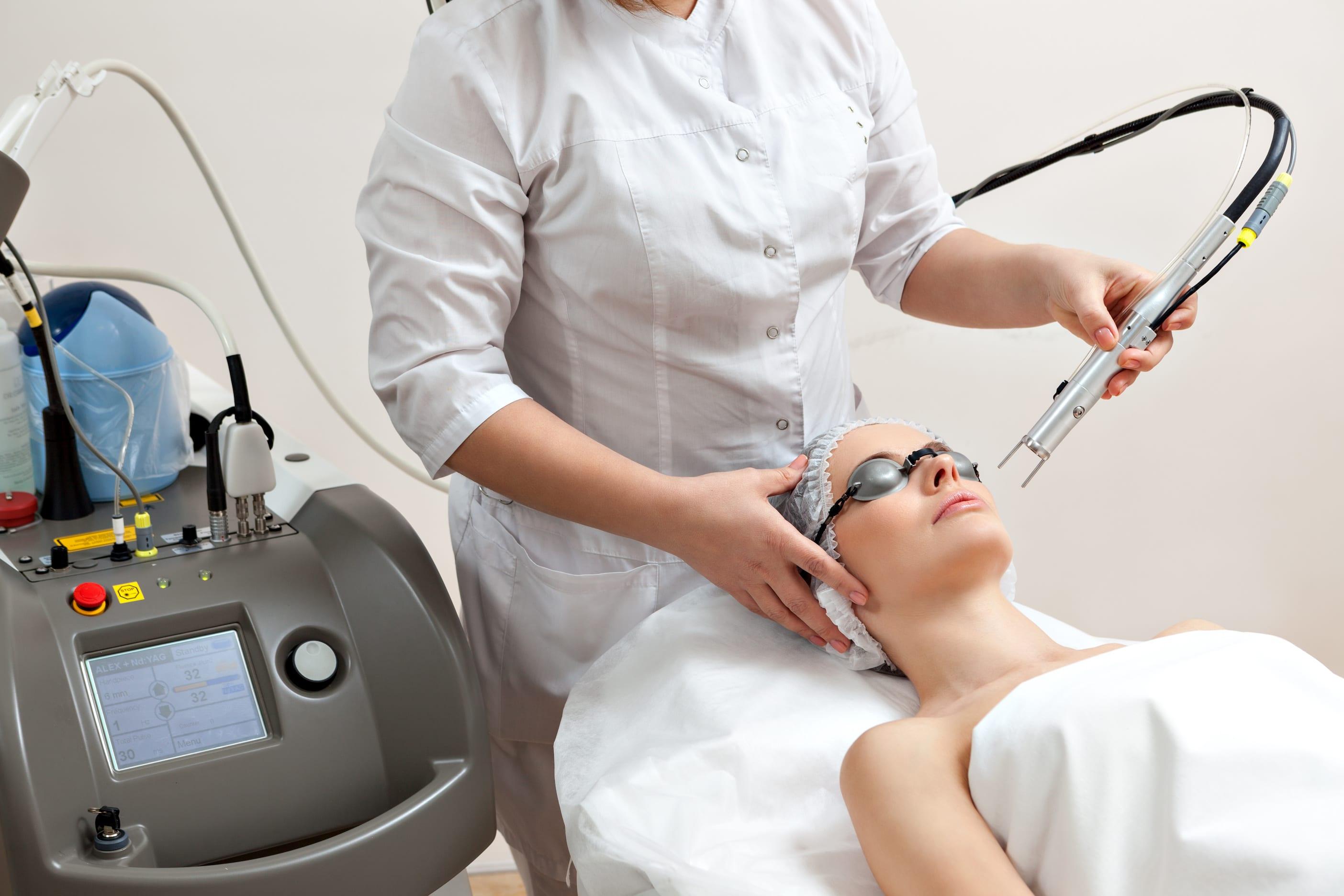
People are always on the hunt for what will keep them looking younger. Laser skin treatments are not a new trend but seem to have gained popularity over recent years. Lasers are not a one-size-fits-all treatment, but there is a Read More

One in five Americans will develop some form of skin cancer before the age of 70. While we all enjoy being outdoors during this fun and relaxing time of year, dermatologists are compelled to encourage our patients to practice sun Read More

Transform your skin this summer and look fabulous for fall with our month-long laser special! In June, for every $500 spent on laser treatments or package purchases, receive a raffle entry for an EltaMD Skin Protection Package and Deluxe HydraFacial. Read More

Many of us do well with applying sunscreen initially, but have a hard time following through and reapplying throughout the day. While you’re having fun in the sun, you always run the risk of missing a spot that will haunt Read More

Here’s the truth about tanning bed dangers you should avoid. Using a tanning bed is known to cause major health problems, including skin cancer, cataracts, and premature aging. Beware of the tanning bed dangers. Despite these alarming facts, one out Read More

While many of us can’t even touch our toes without bending our knees, our feet are essential to our mobility. Whether you are walking, running, dancing, standing or just kicking back for a nice rest, your feet are at the Read More

Memorial Day Weekend is upon us! The unofficial start of summer has come and we’re here to help you get ready for your weekend. If you’re headed to the beach or pool, remember to pack these items for the best Read More

Nothing is better than crawling into bed with smooth legs or stepping out onto the beach with full confidence that no hairs are peeking out. There are numerous ways to achieve gorgeous, smooth skin such as waxing or shaving but, Read More
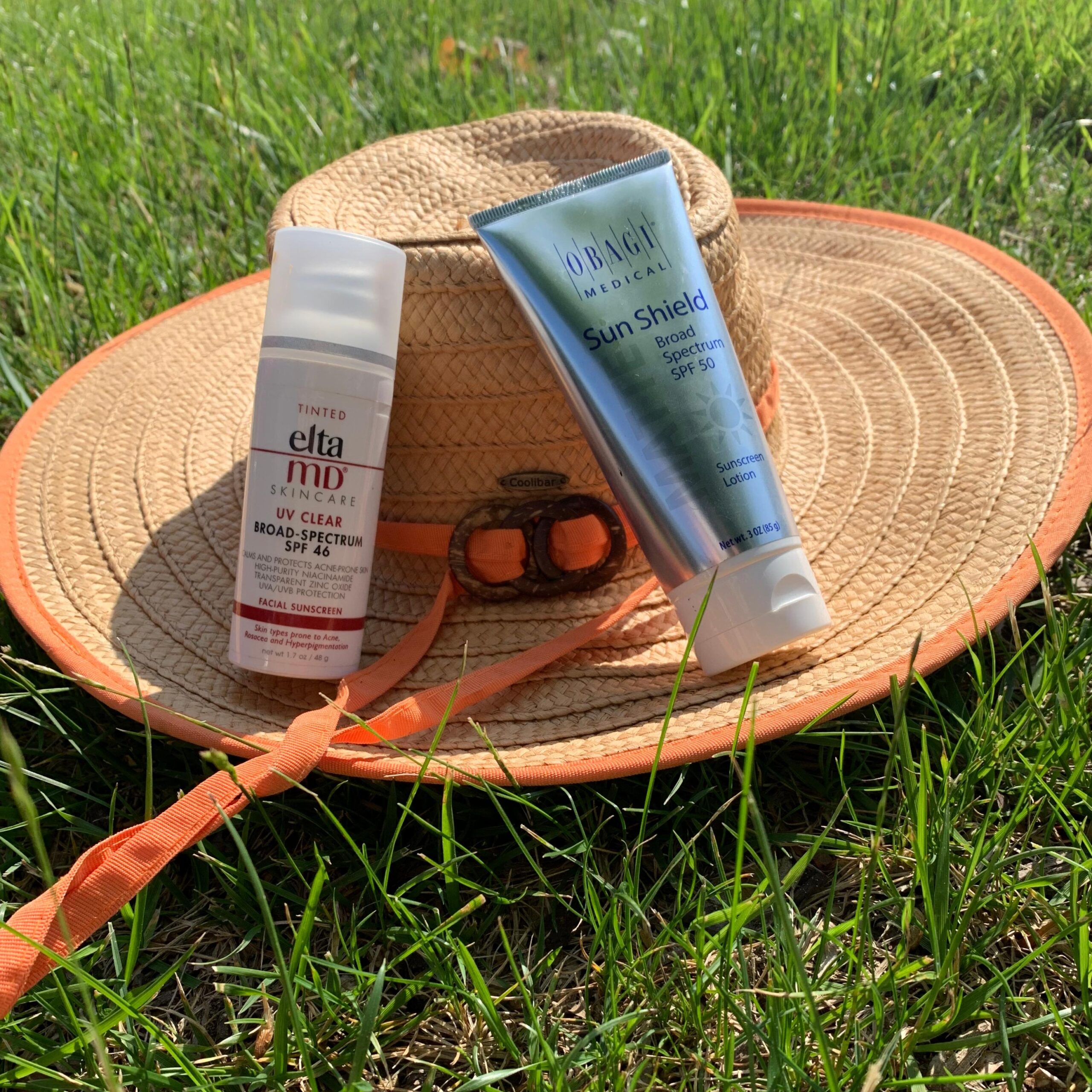
Memorial Day Weekend is right around the corner. It doesn’t matter if you’re heading to the beach or staying home, remember to wear sunscreen. Typically, when it comes to sunscreen, people rarely research what they are buying, and which product Read More
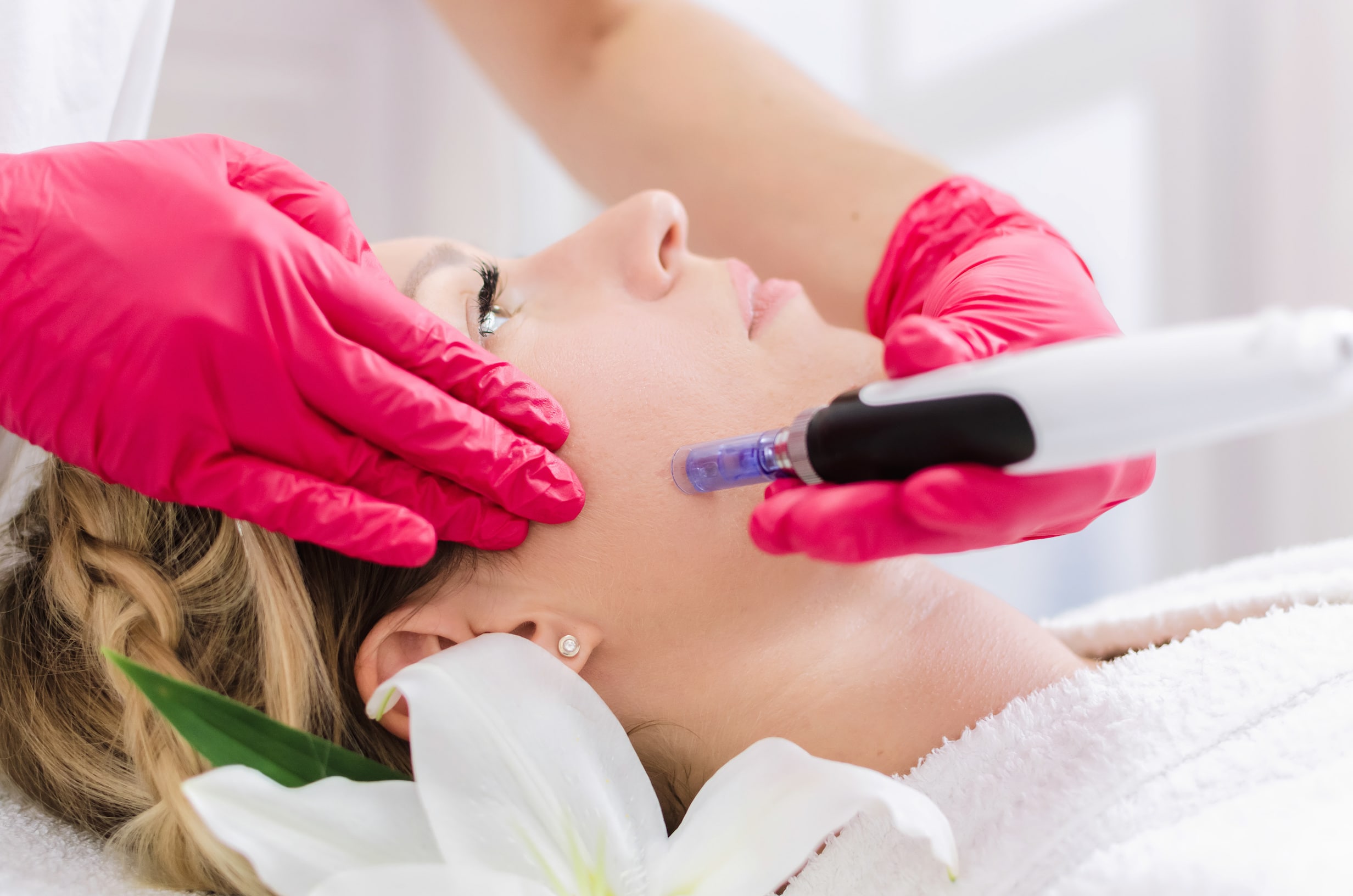
Microneedling: What You Need to Know By the end of 2019, the global anti-aging market is projected to be hit $191.7 billion. With so many skin care products and treatments available, it’s difficult to determine which ones are effective and Read More

Are you ready to embrace your sun-kissed skin this summer? The sun’s UV rays are damaging to the skin, so it’s important to protect the body’s largest organ before stepping out to the beach. Although sun-kissed skin gives us the Read More
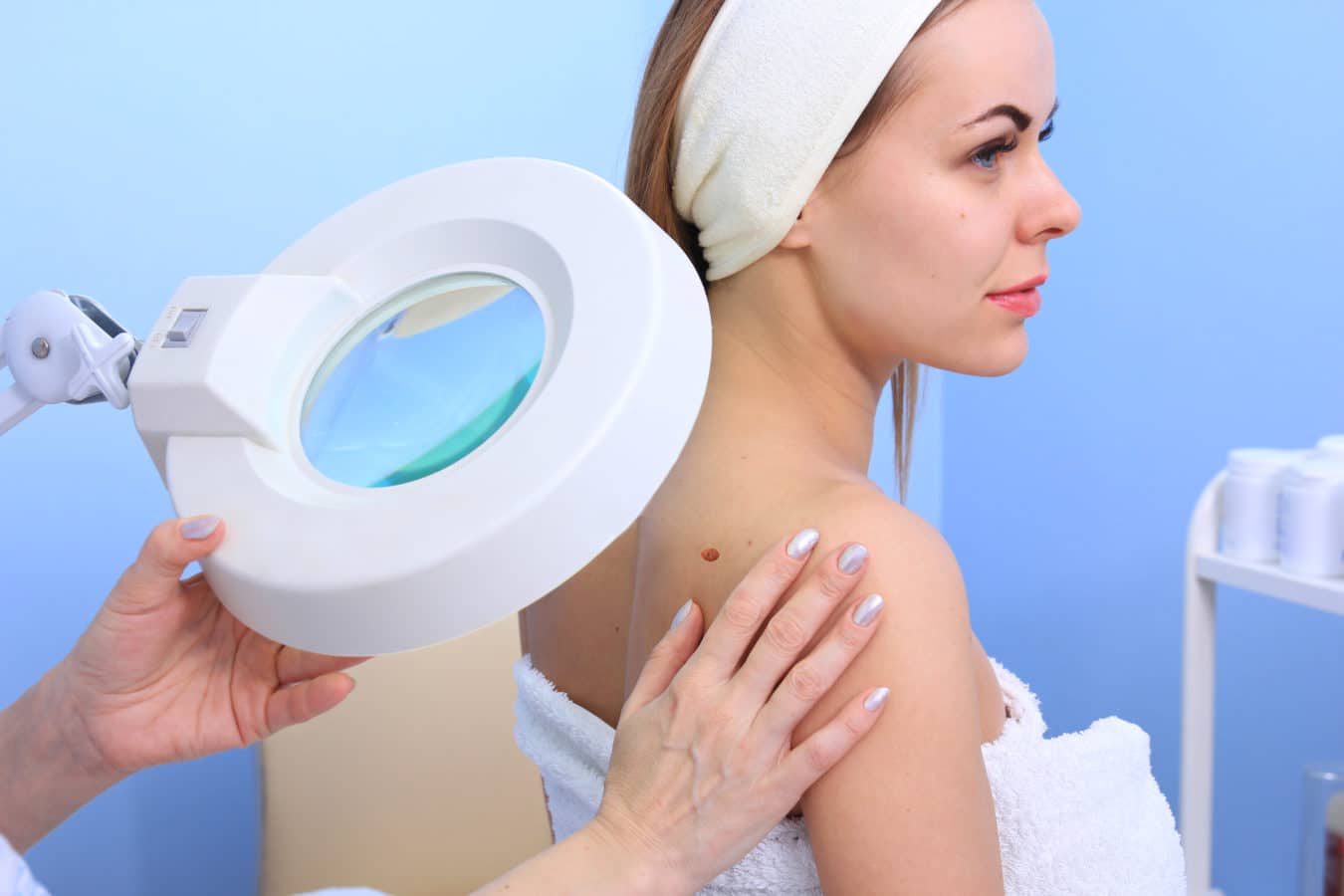
Summer is almost in full swing! Before you start laying out this beach season, be sure get your annual skin exam. Skin checks for abnormal moles or growths are basic sun safety that should be practiced year-round. Spending time in Read More

What is Microneedling? We’ve seen it in the news: Microneedling a breakthrough treatment to help with various skin conditions. But what is Microneedling, exactly? Microneedling is a treatment that uses tiny needles to pierce the skin to allow new collagen Read More

Over the weekend, Anne Arundel Dermatology was a sponsor for the Denim and Diamonds Bash. Denim and Diamonds is an event hosted by the Anne Arundel Medical Center. Denim and Diamonds directly supports AAMC’s efforts to increase mental health services Read More

Anne Arundel Dermatology is pleased to announce that the David H. McDaniel M.D. Laser & Cosmetic Center in Virginia Beach, VA is now an affiliate of Anne Arundel Dermatology. We hold Dr. David McDaniel’s expertise and integrity in high regard Read More

Explore new skin care options. Stay youthful and maintain elegance this May with Microneedling at Anne Arundel Dermatology. Enter to win a FREE Microneedling with PRP treatment and a ‘Protect Your Investment’ skincare package when you prepay for your Microneedling Read More

May is Skin Cancer Awareness Month. Throughout May and June, we will be reminding you to #SafeguardYourSkin this beach season. Long days lounging in the sun are fast approaching and we want to prepare you as best we can. Check Read More

It’s hard to resist a good deal when buying beauty products. While the price may be enticing and the ease of delivery is taunting, how do you know what you’re purchasing is authentic? Counterfeit beauty products are more common than Read More

Your skin is the largest organ on your body. So, it’s important to take care of it properly. A good skincare routine can help restore youth and give skin your natural glow back. But what counts as a good skincare Read More

The fresh green of spring is symbolic of nature, growth, freshness, and fertility. Winter can have a drying effect on the skin, so spring offers a renewed opportunity to get your skin, spring-ready and back in top condition. From exfoliation Read More

Our skin evolves with age. Your skin care regimen should evolve as you age because your skin isn’t the same in your 60’s as it was in your 20’s. Should you be worried about acne or wrinkles? What can you Read More

As the weather begins to change, bringing lots of light and warmth, your skin will begin to change with it. You may start to notice small differences from the warmer temperatures or that your sweat glands working overtime. However, did Read More

SAVE BIG this Tax Day on CoolSculpting!* Book a CoolSculpting consultation by April 17th and have it take place by April 30th to receive Tax Day Special Pricing – 20% off a package! Call 443.351.3376 to schedule or request a consultation Read More

Spring has finally sprung! Get your spring skin care routine down pat with these helpful hints. Declutter Out with the old products, in with the new products! Clean up your skin care routine this spring and throw away any old Read More

Spring Break is just around the corner. The kids have been stirring in their desks since the holidays, while our legs haven’t seen the light of day since last fall. We’re ready for the warmth of the sun and beach, Read More

Chances are you’ve heard the buzz about Vitamin C – it’s the gold standard in anti-aging. While you probably incorporate vitamin C into your everyday diet, it helps protect your skin when applied topically. Vitamin C is safe for most Read More
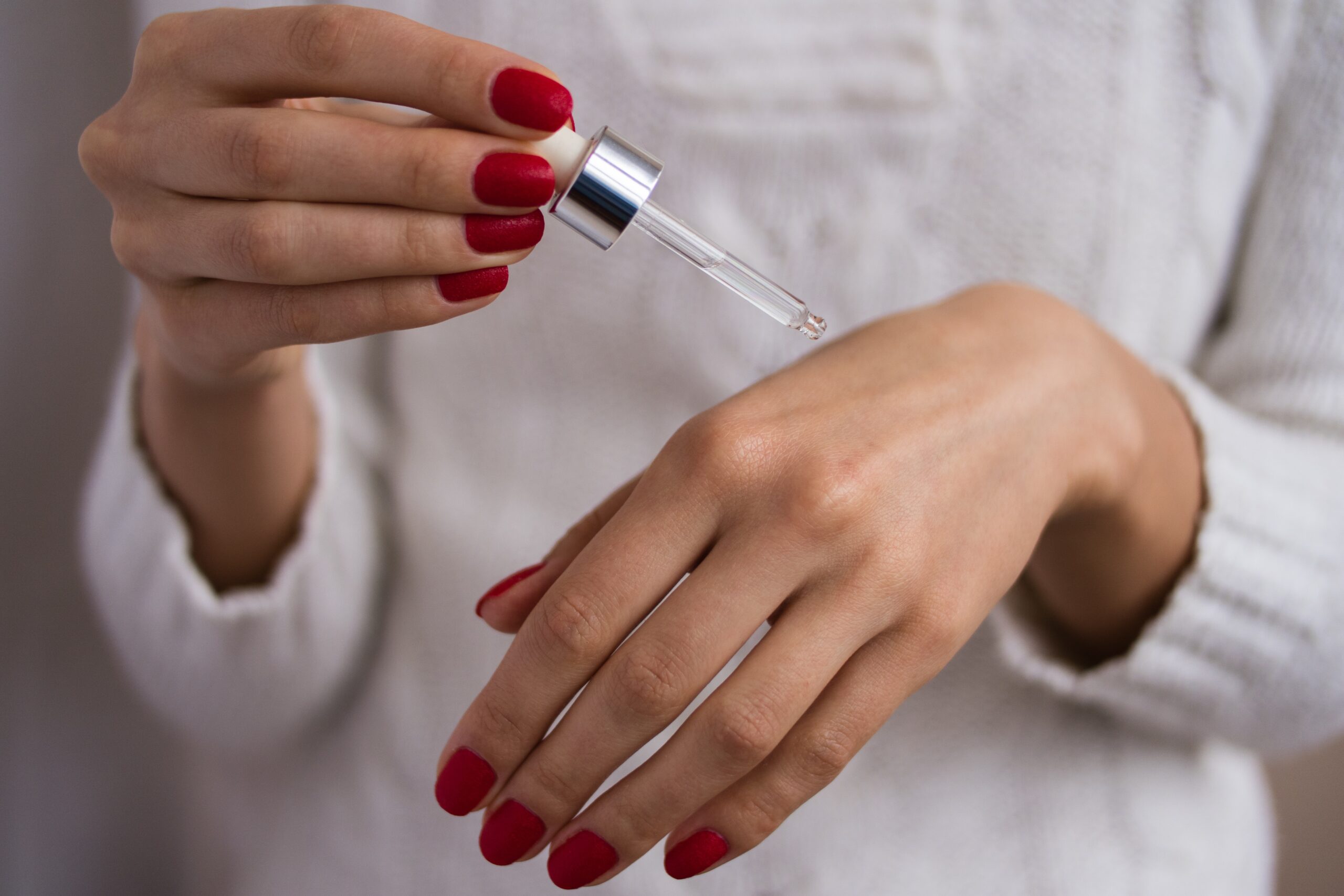
Serums are all the buzz in the beauty world. But what are they, exactly? A serum is a skincare product that is applied to the skin before moisturizing and helps deliver powerful ingredients to the skin. Typically, serums have active Read More

Springtime means Spring Break! No matter where you are (or aren’t) going, remember to use sunscreen. 90% of the sun’s rays can penetrate through clouds – meaning you could still get a sunburn when the sun is hiding. Here are Read More

We are continuing our #CleanUpYourRoutine Promotion this April! For every $250 you spend on products, you will receive one (1) entry to win a package of Four (4) HydraFacial treatments*. Visit any of our Anne Arundel Dermatology locations to purchase products. Not sure Read More

Spring is here, which means the sun is back out! Just because it is not blistering hot outside does not mean you can skip out on the sunscreen. Harmful UVA rays can pass through clouds and cause damage to your Read More

Eczema is a more complex condition than originally known. Researchers are still learning about the link between eczema and allergies but understanding the connection can help you manage the condition. What is Eczema? Eczema is a common skin condition which Read More

Winter is nearly over, which means the change in seasons can leave the skin feeling dry and cracked. Adding a daily moisturizer to your skin care routine is the perfect way to combat this. Moisturizers will leave your skin feeling Read More
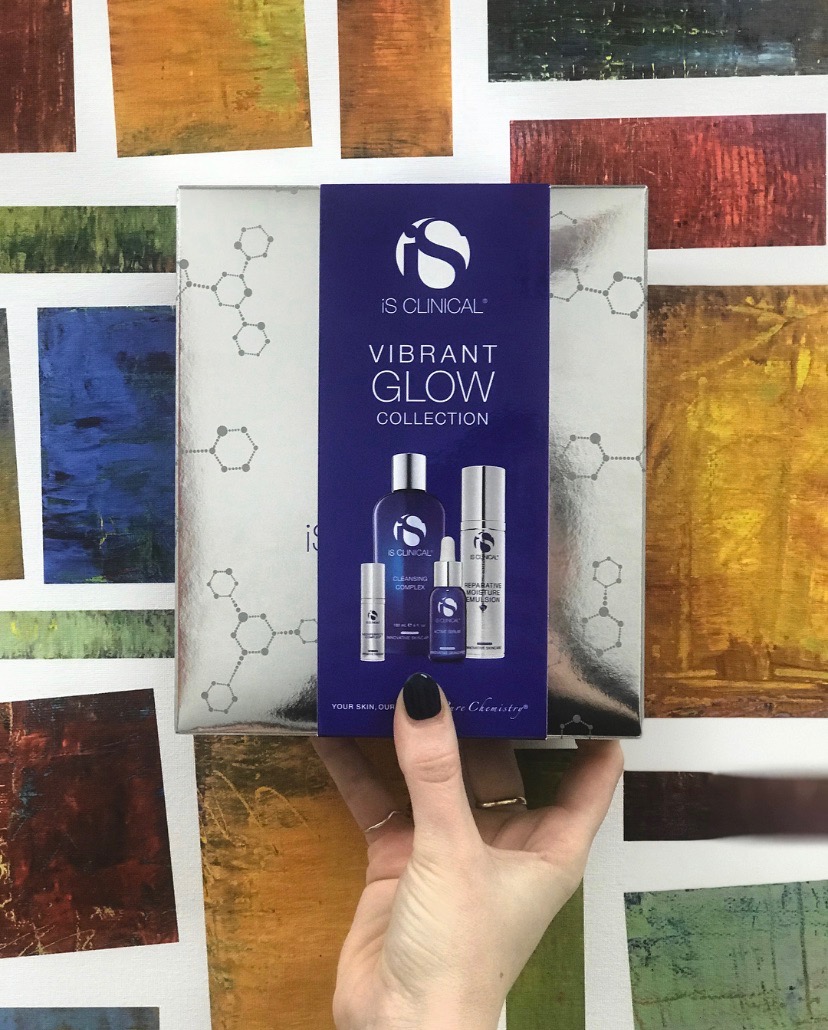
Anne Arundel Dermatology’s #CleanUpYourRoutine Giveaway – Contest Rules and More! #CleanUpYourRoutine this March and enter to win skin care from Anne Arundel Dermatology! Our online giveaway begins March 18th, 2019 and ends on March 29th, 2019. During that time, all Read More

#CleanUpYourRoutine this March with our Spring-Cleaning Botox Promotion! For every $250 you spend on products, you will receive an entry to win FREE Botox for one (1) year!* Visit any of our Anne Arundel Dermatology locations to purchase products. Not Read More

Spring offers a chance for our skin to breathe and renew itself. With your skin exposed, effects of airborne and contact irritants in the form of hives or rashes will occur if you have overly sensitive skin. These irritants come Read More

Cleansing the skin is the first step in your beauty regimen. A good cleanser should wash away dirt and impurities without stripping the skin of its natural moisture. Here are a few steps to follow to perfect your cleansing routine: Read More

You heard it first from Punxsutawney Phil: spring is arriving soon. Spring brings new life, new blooms and gorgeous weather. But if you struggle with your skin, you may want to take a few extra precautions as we usher in Read More

It’s finally March – which means spring cleaning season is around the corner. Don’t forget to #CleanUpYourRoutine this year while doing your spring cleaning. During March and April, you’ll see more from us on how to spring clean your skincare Read More

Throughout March and April, we’ll be discussing how to #FightTheItch and conquer your seasonal skin conditions. Spring is fast approaching, which means the days are starting to get longer again and flowers are starting to bloom. It also means that Read More

Sarah Lowe, RN has over seven (7) years nursing experience and has had a focus on Aesthetics and Cosmetics since 2015. Sarah has had extensive training on non-surgical procedures, such as injections and dermal fillers. What should I expect from Read More

Winter has come and so have dry, chapped lips. Combat these lips by treating your lips right and exfoliating. The skin that makes up the lips is very thin, thinner and more delicate than other skin on the body. Because Read More

Winter outdoor activities are a great way to make the most of the cold months. Learn how to take the proper precautions and keep your skin healthy this winter. Layer up Winter weather can change constantly throughout the day. Wear Read More

Start off the new year with a chance to win skin care from Anne Arundel Dermatology! More details below on our February Winter Skin Contest Our online giveaway begins February 12, 2019 and ends on February 21st, 2019. During that Read More

The use of dermal fillers is a great, non-invasive alternative to surgical facelifts and improves the appearance of the skin. The use of fillers in men has increased due to awareness of non-invasive procedures. While dermal fillers have increased in Read More

Hyaluronic Acid (HA, as you might see on your skincare labels) is an ingredient everyone is buzzing about – but what is it? Hyaluronic acid, a naturally occurring molecule found in the body used to retain moisture – leaving the Read More

Lip fillers are a great, non-surgical procedure to enhance your natural look. Since 2000, lip injections have shown staggering growth and increased popularity. Over time, the lips and lines around the mouth thin and lose their shape. Both Restylane® and Read More

Winter weather can wreak havoc on your skin. Learn about the most common winter dermatitis conditions, seborrheic dermatitis and atopic dermatitis. Seborrheic Dermatitis Seborrheic Dermatitis (Seb Derm) is a common skin condition that causes skin cells to grow very quickly Read More

We’re taking a deeper dive into two of the most common fat reduction treatments available, Liposuction and CoolSculpting. Liposuction Liposuction is one of the most commonly performed surgical procedures, with over 235,000 procedures done yearly in the United States. It Read More
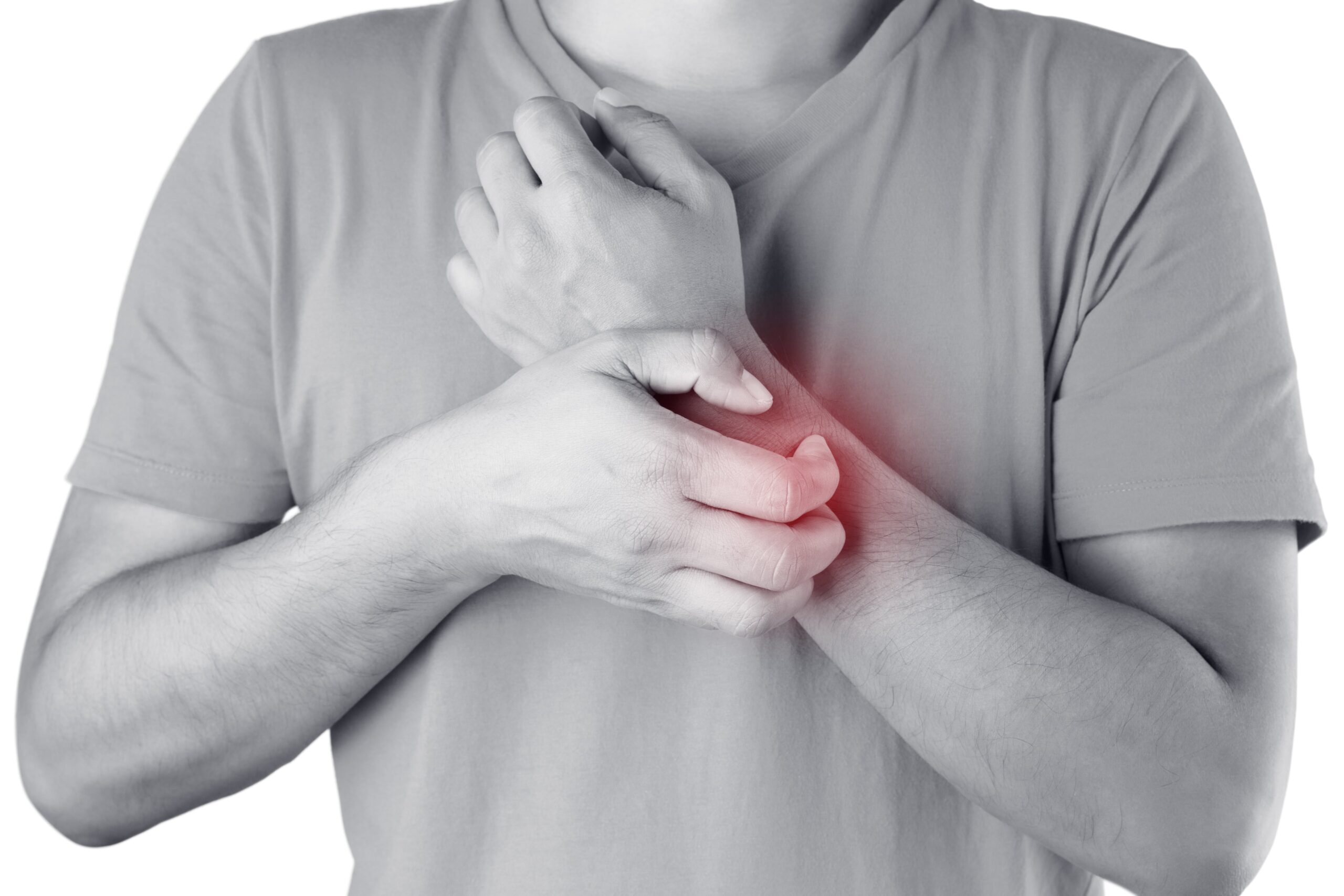
Both psoriasis and eczema are skin conditions that present with red rashes that are scaly in texture. These chronic skin conditions may look similar at first glance but can be distinguished from one another. Learn more about these conditions and Read More

Winter skin can be difficult to control due to the dry air. The products you use have a major impact on the overall condition of your skin. Certain formulas and ingredients are naturally drying. When combined with the dry air, Read More

Psoriasis is a chronic skin condition in which cells build up to form red, scaly, itchy patches of skin. Psoriasis is common and can be treated by topical creams and medications, along with laser light therapy, however there is no Read More

In “Meet the Nurse Practitioners,” we sit down with our CRNP’s to gain insight into the high-level of care they provide to patients daily across Anne Arundel Dermatology practices. In today’s feature, we talk CoolSculpting with Morgan O’Kane, MS, CRNP. CoolSculpting Start-to-Finish AAD: Read More

Start off the new year with a chance to win skin care from Anne Arundel Dermatology! More details below on our Winter Skin Contest. Our online giveaway begins January 16th, 2019 and ends on January 25th. During that time, all you Read More

In “Meet the Nurse Practitioners,” we sit down with our CRNP’s to gain insight into the high-level of care they provide to patients daily across Anne Arundel Dermatology practices. In today’s segment we breakdown CoolSculpting with Suzanne Cerrone, CRNP. CoolSculpting Read More

Winter is here! Learn more about caring for your baby’s skin and how to best protect them from the winter elements. Skin Dryness As new parents, every obstacle that comes in the way of a newborn seems like an impossible Read More

Winter is here! Prepare correctly this winter with both sunscreen and moisturizer and save your skin from feeling dry and chapped. Sunscreen While most people are diligent with sunscreen in the summer months, we tend to forget to lather up Read More

In this excerpt from a previous episode of the Healthy Skin Podcast, we’re talking best moisturizers for dry winter skin with Dr. Zetta Fayos. Dr. Fayos joins us from Anne Arundel Dermatology’s new office in Fairfax, VA. Tune in to Read More

CoolSculpting is a non-surgical body contouring procedure that freezes away fat using cryolipolisis technology. The specific technology delivers a controlled cooling, focusing only on destroying unwanted fat cells and leaves the skin above unaffected. The body naturally removes the frozen Read More

The material in your clothing has a direct impact on your skin – especially in the winter. The best clothing for winter skin is made from soft fabrics that won’t irritate or cause skin to become dry and itchy. Avoid Read More

Winter weather can wreak havoc on your skin. We’ll be bringing you Winter Skin Awareness throughout January and February. While the days are shorter, and the sun is less present in winter, it does not mean that your skin is Read More

Skin cancer can easily remain undetected because a cancerous spot may look like a harmless mole, a pimple or even a patch of dry skin. However, there are a few key ways to tell the difference. A good start is Read More
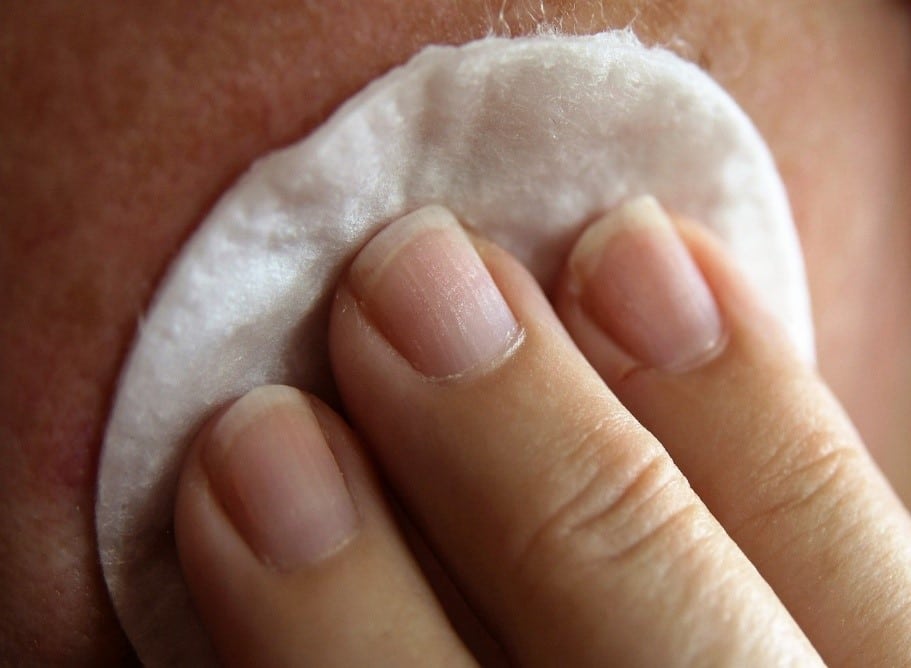
A skin care regimen is important to keep you looking young and healthy. Whether you are looking for a product to treat a skin condition or are in need of a light cream to help with the healing process after Read More

On this episode of the Healthy Skin Podcast, we’re talking cold-weather skincare with Dr. Zetta Fayos from Anne Arundel Dermatology’s new office in Fairfax, VA. Tune in to hear Dr. Fayos explain the different types of eczema, what to look Read More

Our new office in Fairfax, VA is now open and offering same-day appointments for general, pediatric and cosmetic dermatology services! In this video, watch COO Don Borchert cut the ribbon – and get an exclusive look inside the office with Dr. Read More

On this episode of the Healthy Skin Podcast, we’re talking with Dr. Monica Valentin about Anne Arundel Dermatology’s newest office in Fairfax, VA. Dr. Valentin is discussing the many services she and her coworkers offer at the Fairfax office – Read More

The HydraFacial is a revolutionary new cosmetic treatment which combines exfoliation, extraction and moisturizing – all without pain or downtime. Watch Marla Feurer, RN demonstrate the treatment on Intern John from Hot 99.5! The HydraFacial is available at several of Read More

Microneedling with platelet-rich plasma (PRP) is an increasingly-popular treatment for acne scars, wrinkles, fine lines and more. Watch Marla Feurer, RN demonstrate the treatment on Ty Bailey from WMZQ! Microneedling with PRP is available at several of our locations – Read More

On this episode of the Healthy Skin Podcast, we’re discussing common pediatric dermatology concerns for back-to-school season with Dr. Jacqueline Selph of Anne Arundel Dermatology’s office in Towson, MD. Tune in to hear Dr. Selph correct some misconceptions about lice Read More

Ask anyone who works in a school, daycare facility or nursing home which health conditions cause the most anxiety, and scabies will likely be on the top of the list. This highly-contagious mite can spread rapidly from person to person, Read More
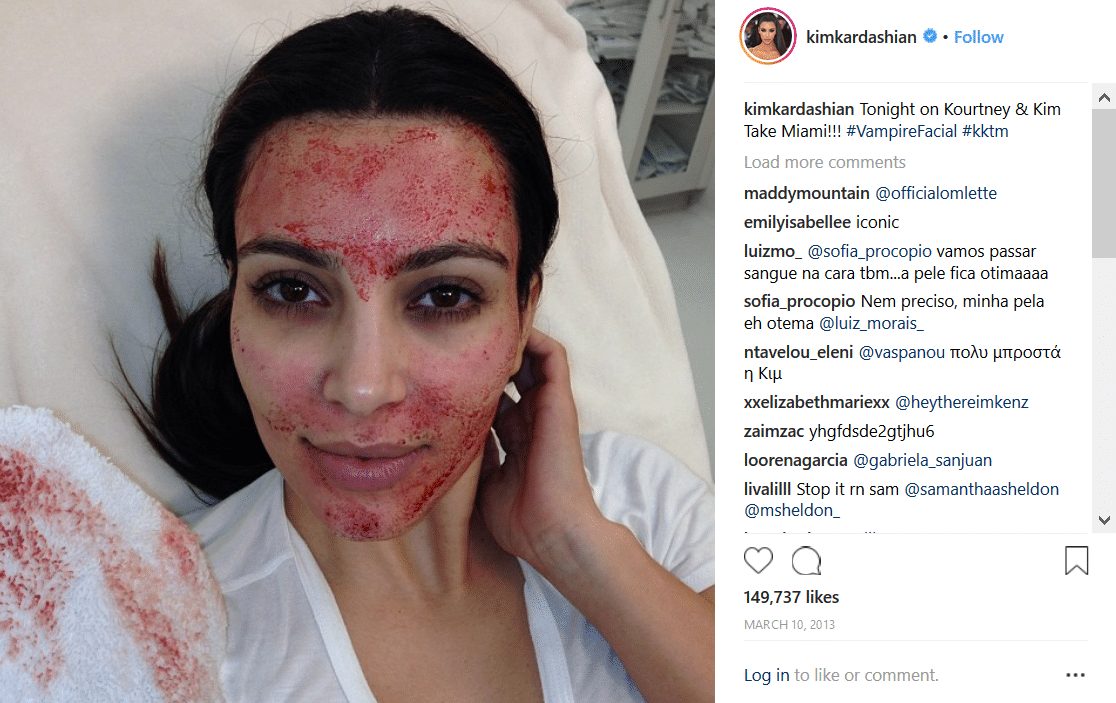
If you’ve struggled with acne scars, wrinkles or sun damage, you’ve probably heard of microneedling – the treatment which uses controlled micro-injuries to stimulate your skin’s natural healing process. Perhaps you’ve also heard of microneedling with platelet-rich plasma (PRP) – Read More

On the inaugural episode of the Healthy Skin Podcast, we’re discussing common skin cancer myths and misconceptions with Dr. Angela Peterman of Anne Arundel Dermatology’s Weems Creek location in Annapolis, MD. Tune in to hear Dr. Peterman correct the record Read More
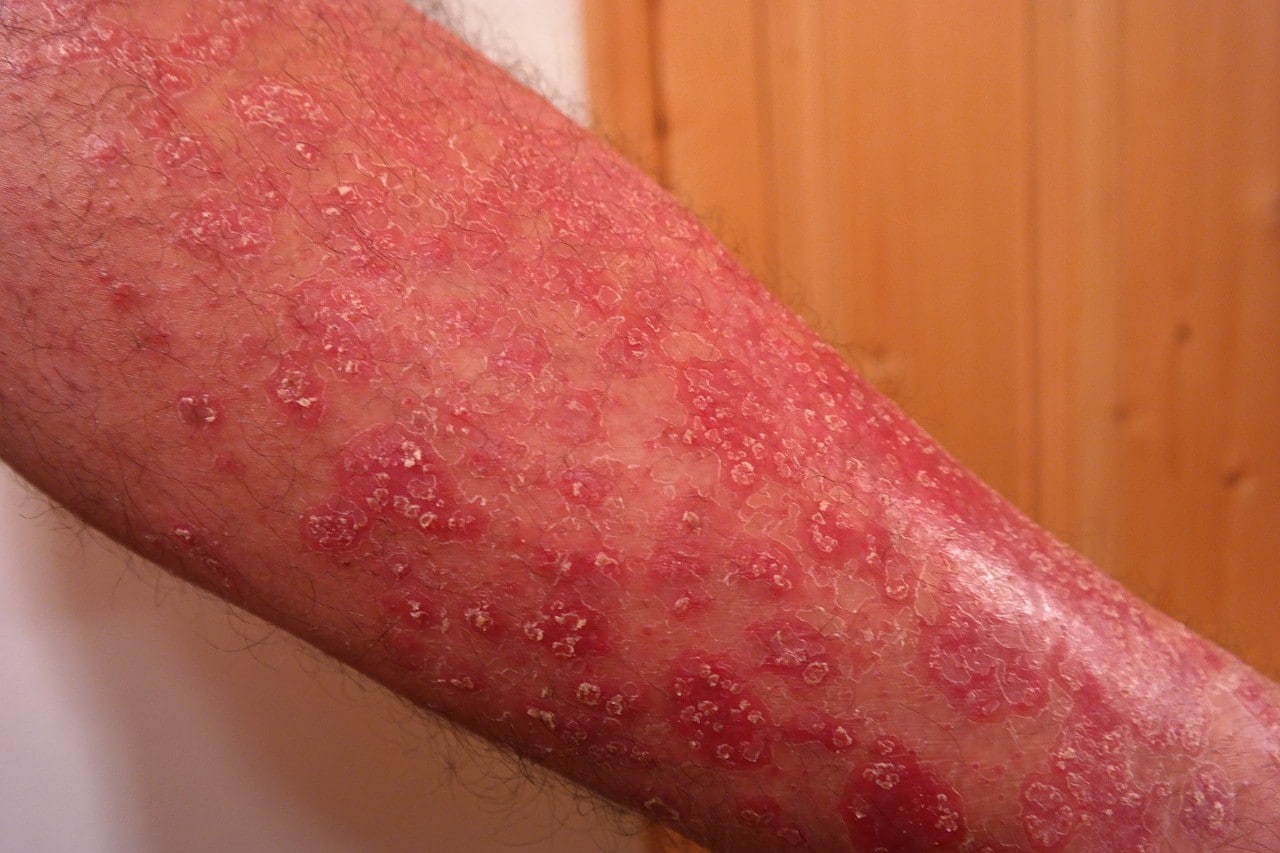
Psoriasis is a common skin condition that can lead to irritation, itching, flaking of skin and discomfort. Approximately eight million people in the United States are affected by psoriasis, according to the American Academy of Dermatology. If you are suffering Read More

Carroll County can get quite hot and sunny around this time of year. The summery weather is great for your barbecuing plans – but it’s not so great for your skin. Sun damage, rosacea flare-ups and acne breakouts are all Read More

Rosacea is a skin condition which usually presents with redness of the skin and acne-type breakouts, usually along the cheeks, nose, forehead, and chin. Some patients experience only minor redness during a rosacea flare-up, but others may have to deal Read More

There are a million things to worry about when preparing for a job interview. Your resume, references and body language can affect your chances of getting the job. However, can the presence of a skin disease derail an interview? Unfortunately, Read More

Navigating the world of skin care online can be overwhelming to say the least. While we always recommending seeing a clinician to get a professional opinion on any skin concerns, here are a few trusted online resources that can provide Read More

Pediatric dermatologists are some of the most important members of our staff. Back in 2015, we published a series of articles on common conditions encountered by pediatric dermatologists. You can find those below. Click here to learn about common toddler Read More

We’re excited to announce our new location in Fairfax, VA, opening in the Fall of 2018. Our Fairfax will provide patient access (same day appointments available) to Medical, Cosmetic and Surgical Dermatology & Mohs services close to home, right here Read More

July is National Blueberry Month! Did you know that blueberry skin care hacks have been used for years? Not only is this superfood especially tasty, blueberries have more antioxidants than most others foods. See how adding blueberries to your diet Read More

June is National Acne Awareness Month! Did you know that acne is the most common skin condition in the United States? Even though 85% of young adults have experienced acne, here are a few things you might not have known: Read More
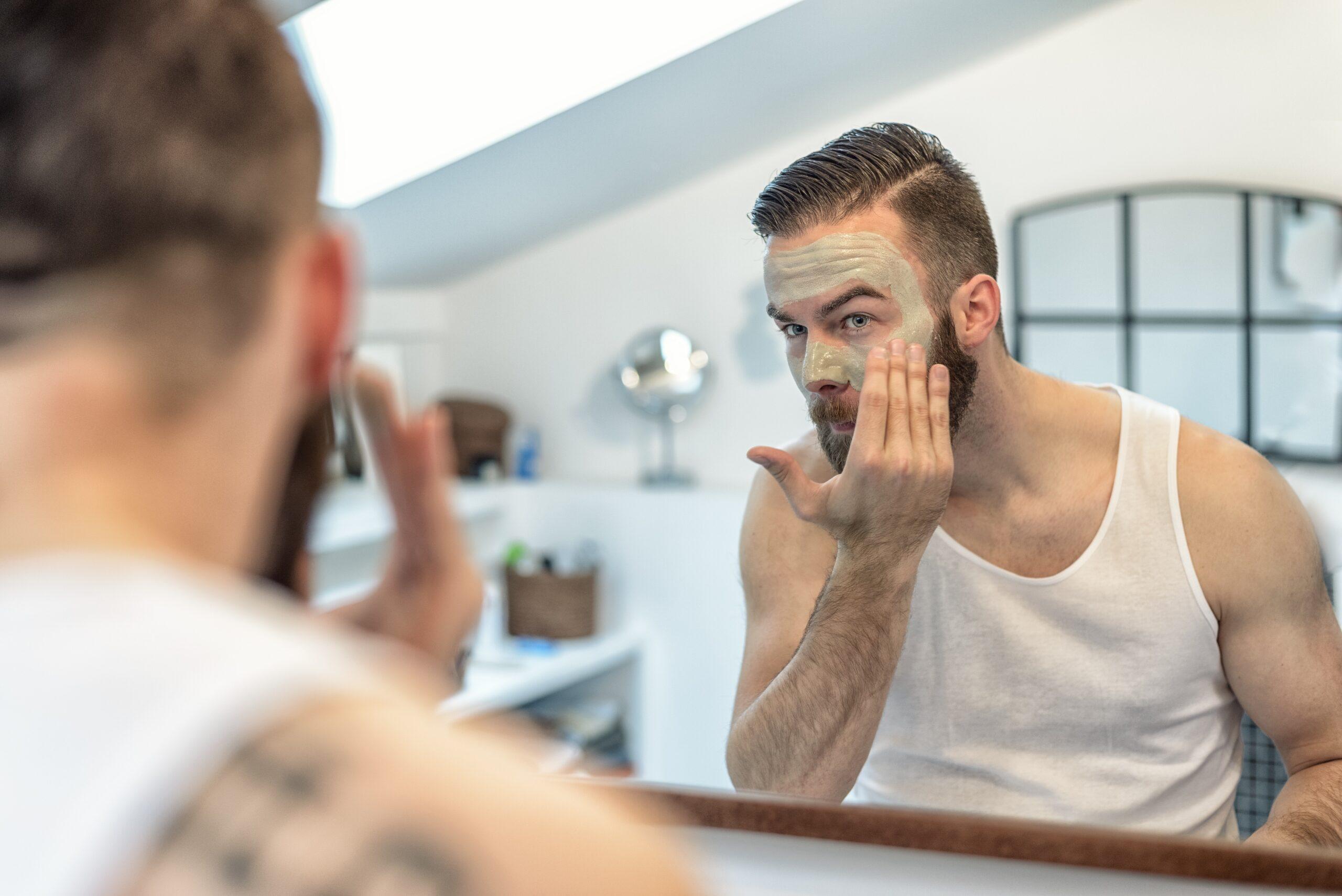
Though often left out of broader health conversations, there are plenty of skincare issues that directly impact men, and we feel it is important to share tips that can help the men in our lives! Here are a few ideas Read More

While you hurry to slather on sunscreen before having fun in the sun, you always run the risk of missing a spot that will haunt you later. Sunburn is not only uncomfortable, but can lead to skin cancer. The Skin Read More
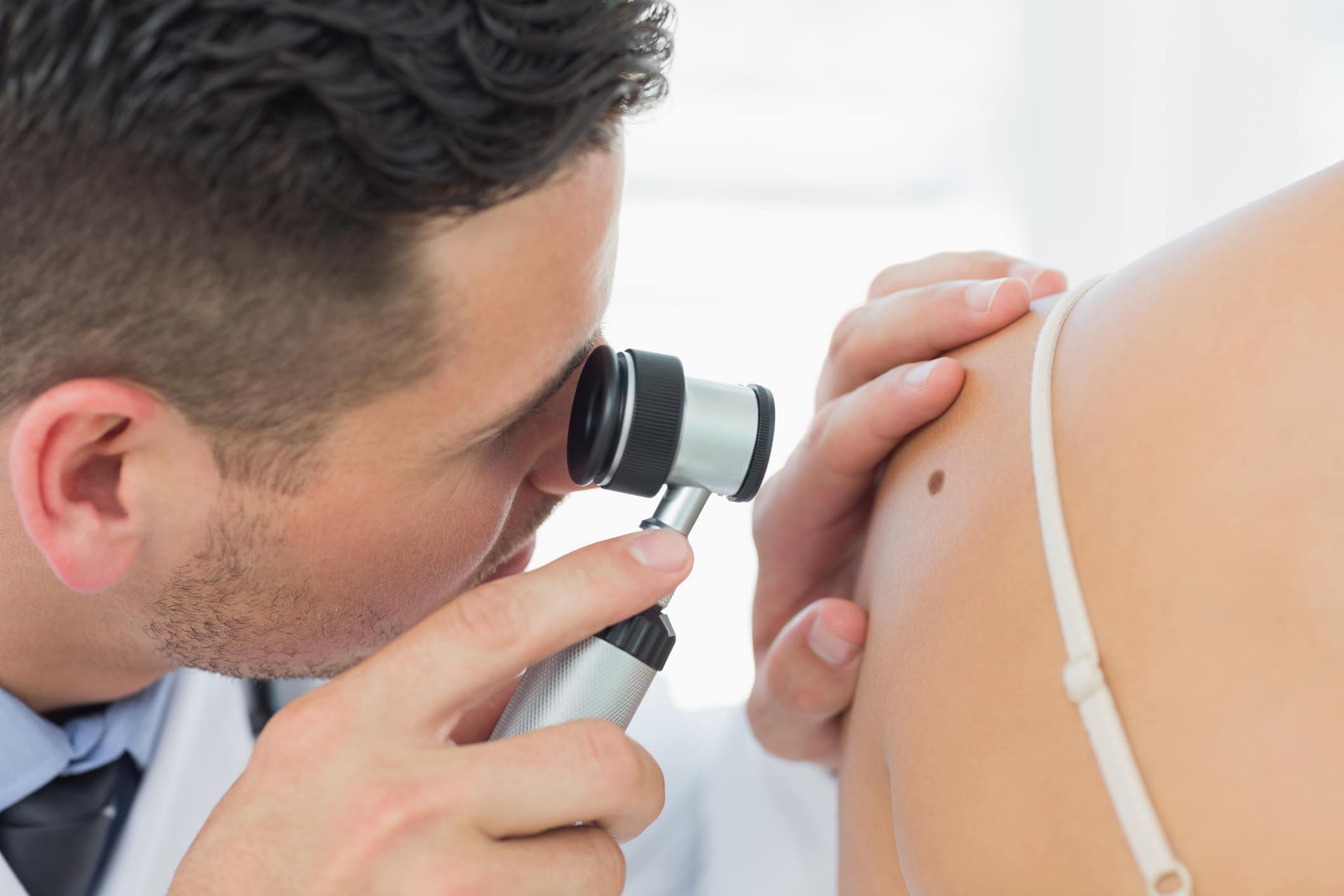
Did you know that the Skin Cancer Foundation says more people are diagnosed with skin cancer each year in the U.S. than all other cancers combined? In fact, one in five Americans will develop skin cancer by age 70. The Read More
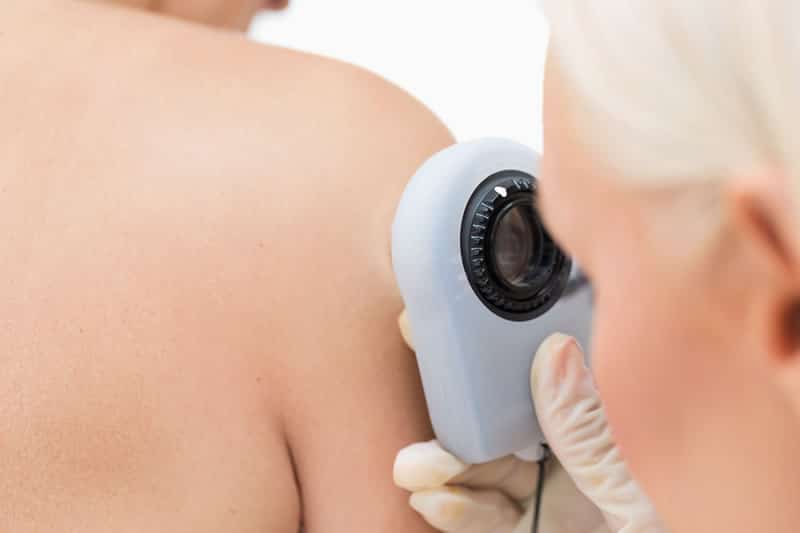
What’s a Full Body Skin Exam? Did you know skin cancer is the most common type of cancer? In the United States, more people are diagnosed with skin cancer each year than all other cancers combined. Anyone can develop skin Read More

Fun in the Sun! Now that summer is on the horizon and the weather is getting warmer, we’re all craving a little fun-in-the-sun. Summer vacation is coming up, and many of us have some sort of outdoor plan for the Read More

Spring is a season of replacing the old with the new! So why not do the same for your skin care routine? No matter where you are in your personal skin care regimen, it is never too late for a Read More

Anne Arundel Dermatology hosted a “big scissor” ribbon cutting ceremony on April 13, 2018 to celebrate the opening of its new Westminster office and the expansion of its services – now including both cosmetic dermatology and Mohs surgery – in Read More

Spring is finally here! Spring cleaning is in full effect, so why not bring that same enthusiasm to your spring skin care routine? Here are a few ways to revamp your skin and your skin care habits this spring: Bump Read More

Psoriasis is an autoimmune skin disease that leave those infected with red, scaly rashes on various parts of their bodies. Currently, there are treatments that can offer relief, but there is no known cure for psoriasis. While a change in Read More

March is National Nutrition Month and we are celebrating by discussing the relationship between what you consume, and how it affects the appearance of your skin. What you put into your body reflects your appearance in both negative and positive Read More

We’re so excited to sponsor the 2018 Strides Against Skin Cancer 5k/10k race and fun run! Here is everything you need to know about the run or walk, and the cause: Who: Join us, community members and our sponsor, The Read More

While the days are shorter and the sun is less present in winter, it does not mean that your skin is any less vulnerable to skin damage. Outside activities such as skiing, hiking, or walking can leave your skin exposed Read More

Winter is in full swing, which for those with sensitive skin also means struggling with dry and itchy skin. If this sounds like you, there is hope! We have compiled a few at-home remedies for dry skin or itchy skin Read More

Cold sores are one of the most common viral infections. According to the American Academy of Dermatology, more than half of Americans ages 14 to 49 carry the virus that causes cold sores. Cold sores may appear repeatedly for those Read More

Veterans’ Day 2017 may be long over, but Anne Arundel Dermatology recently demonstrated its continued appreciation for Veterans by donating 80 specially-designed “Warrior” water bottles to residents of the Charlotte Hall Veterans Home in Prince Frederick, MD. The bottles, which Read More

Excess hair can be embarrassing. However, it doesn’t have to be a concern forever. Light-based hair reduction is a fast and simple solution to unwanted hair. This treatment targets unwanted hair with highly concentrated light that attacks the hair’s pigment, Read More

December 13th is National Cocoa Day! This year, we’re celebrating by using cocoa for much more than just the drink. Cocoa powder doesn’t just taste delicious, but it also has many health benefits for your whole body. Here are a Read More

Last month Anne Arundel Dermatology (AAD) sponsored and attended Bountiful Harvest, an annual event held by The Friends of the Light House to benefit The Light House, a homeless prevention support center in Annapolis, MD. Held on Veterans Day at Read More

As the holiday season approaches, picking out that perfect gift can be a struggle. However, it doesn’t have to be. Gifting skin care products is a healthy and practical alternative to generic or impersonal gifts. Skin care products can be Read More

One important aspect of correctly treating your skin is knowing which skin type you have. So, in honor of National Healthy Skin Month, here are some helpful tips to determine your skin type. There are three major skin types: dry, Read More

Anne Arundel Dermatology celebrated the opening of its new Kent Island office with an official “big scissor” ribbon cutting ceremony on November 9. Ed Ponatoski, Anne Arundel Dermatology’s Executive Chairman and Senior Director of the Board; Steve Wilson and Mark Read More

Now that Halloween is over, don’t just let your pumpkin rot! Some might roast pumpkin seeds or make pumpkin pie, but jack-o-lanterns can also serve as the main ingredient in many skin-saving remedies. Pumpkin is defined as a superfood for Read More
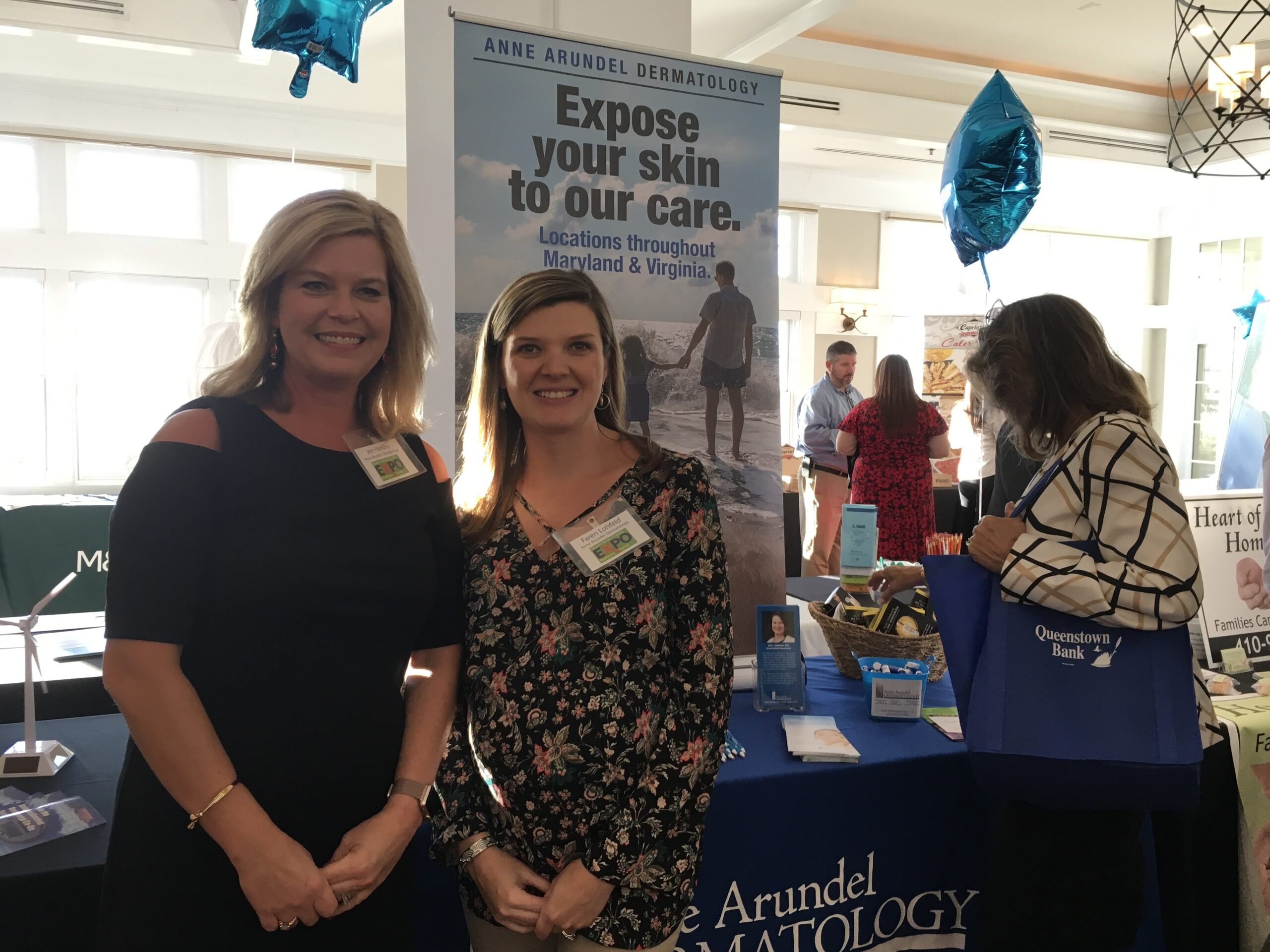
As one of the newest members of the Queen Anne’s County Chamber of Commerce, Anne Arundel Dermatology attended the Queen Anne’s County business & home EXPO, held at the beautiful Chesapeake Bay Beach Club, on Thursday, October 19. Staff enjoyed Read More

Fall has arrived, and it’s perfect weather for camping, hiking, mountain biking or just about any outdoor activity. The temperature is low enough that you’re not dripping sweat, but high enough that you don’t have to wear layer upon layer Read More
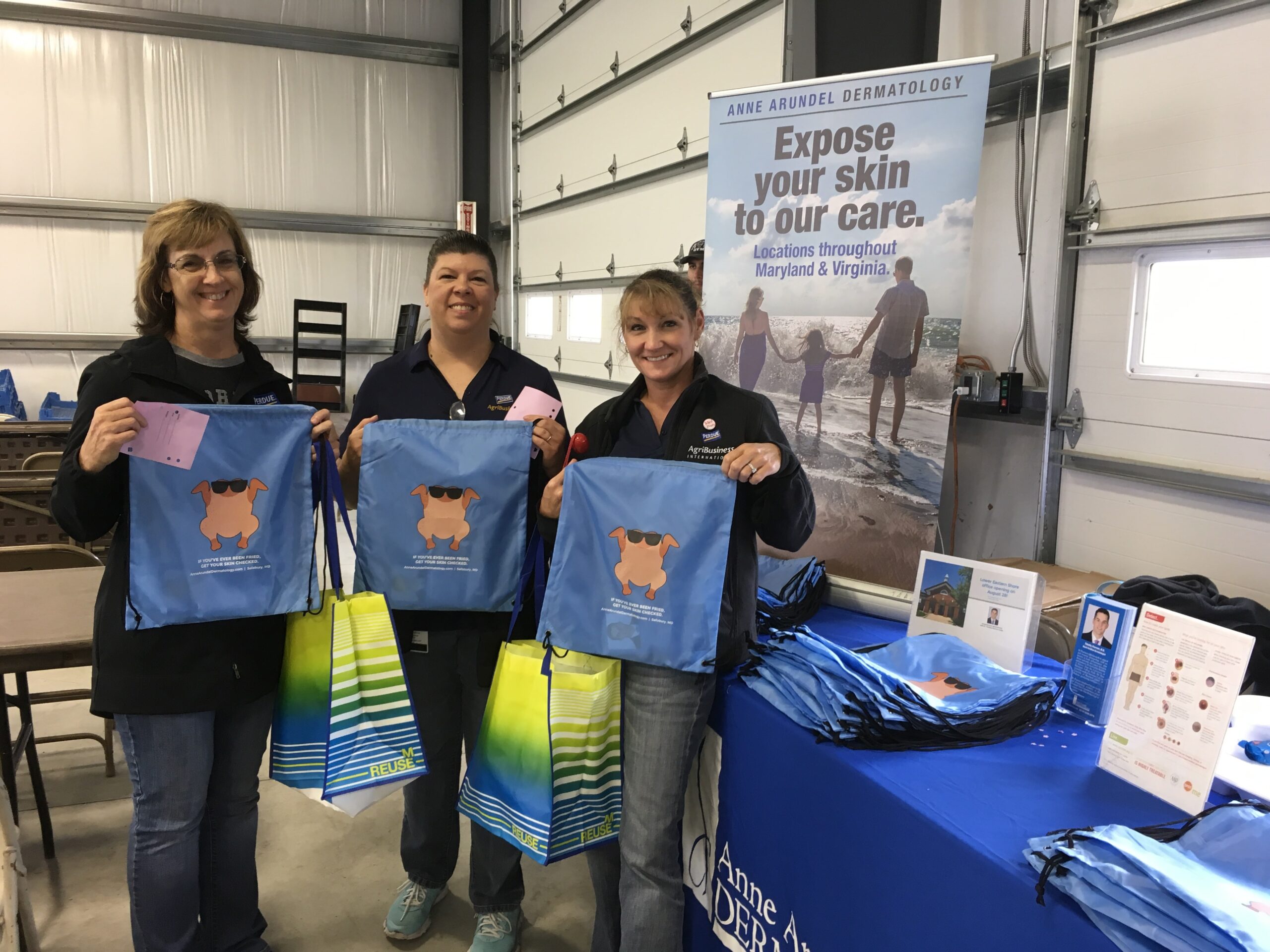
Anne Arundel Dermatology attended Perdue’s Employee Wellness Fair on October 12, 2017. Held at the Perdue AgriBusiness complex’s 900 square-foot Wellness Center, which Perdue Chairman Jim Perdue opened just three years ago, the Fair invited local health care professionals to Read More
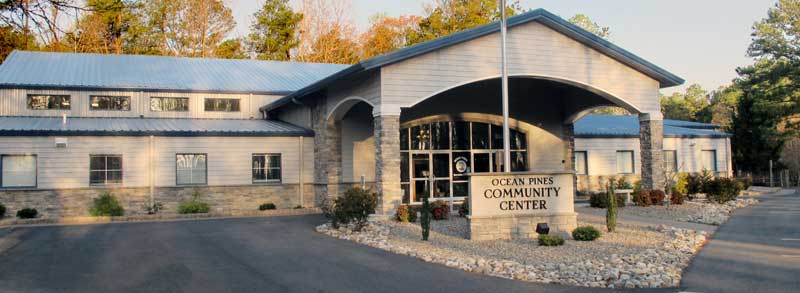
Anne Arundel Dermatology attended the Ocean Pines Community Health Fair, held at the Ocean Pines Community Center, for the first time on Saturday, October 7. Dr. Timothy Pearson, who is now seeing patients at offices in both Salisbury and Ocean Read More

Anne Arundel Dermatology recognizes Eczema Awareness Month throughout October with an emphasis on the importance of a healthy body and mind. As the National Eczema Association (NEA) suggests, eczema is not only skin deep. The Association’s latest research finds that Read More

Mary Whitlock, RN, represented Anne Arundel Dermatology at the annual iS CANCER CARE SPA DAY, hosted by INNOVATIVE SKINCARE and the Washington Cancer Institute, on October 1. At this very unique annual event, patients undergoing cancer therapy are treated to Read More

Anne Arundel Dermatology is not only committed to providing its patients with the highest quality of care; it’s also committed to supporting its local and not-so-local communities through philanthropic efforts. So when Hurricane Harvey hit and affected thousands of people Read More
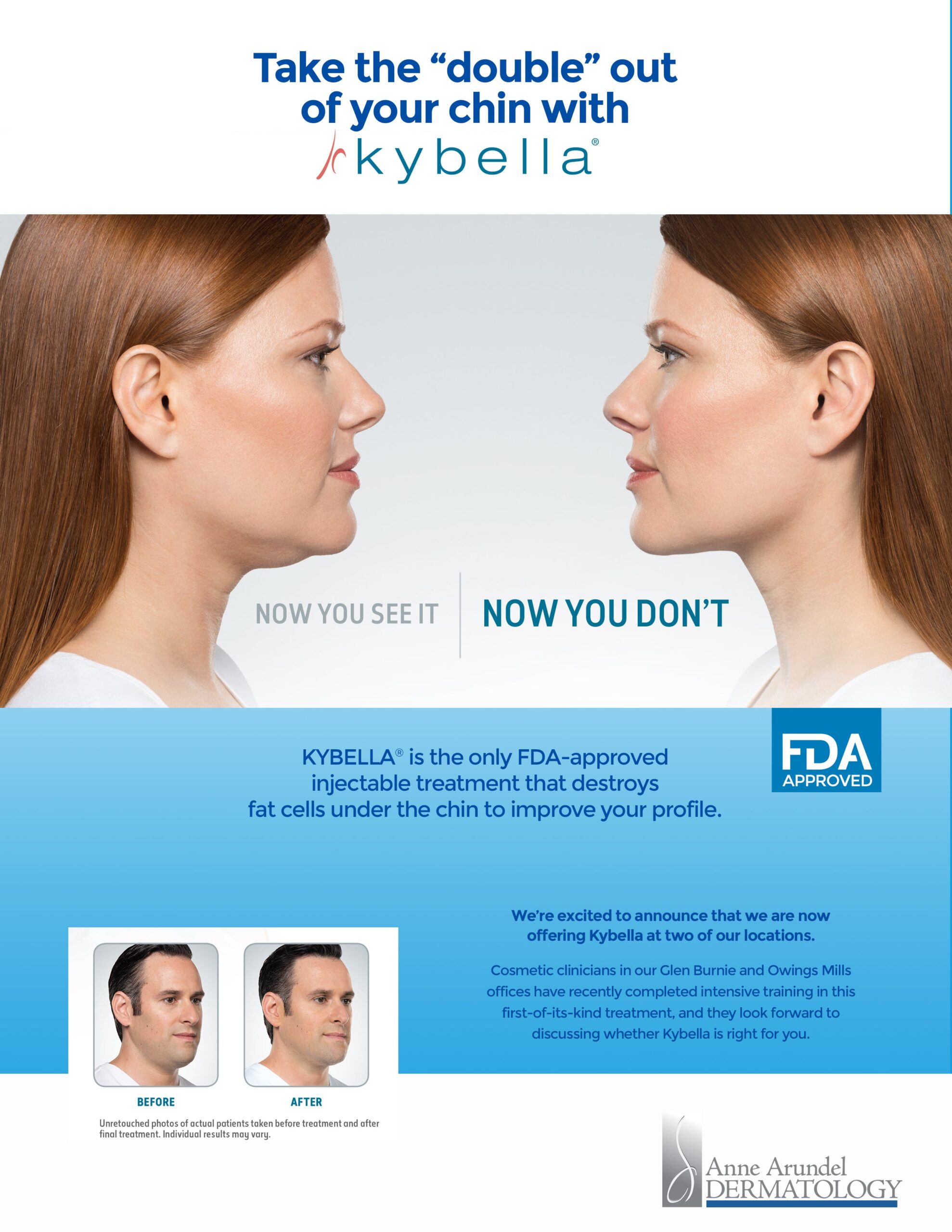
Anne Arundel Dermatology is determined to serve our patients with top of the line care and products. This month, we are happy to offer a new procedure, Kybella, to improve the appearance of any fat resting beneath the chin, also Read More

Anne Arundel Dermatology had the opportunity to participate in Salisbury University’s Student Wellness Fair on August 30, just two days after new and returning students began the 2017-2108 school year. Well over 200 students visited multiple vendors throughout the wellness Read More

On August 30th, Anne Arundel Dermatology and Dr. Timothy Pearson had the great pleasure of participating in the grand opening of the Richard A. Henson Cancer Institute in Ocean Pines. The world-class center offers medical oncology, where patients will receive Read More

Did you know your skin has the ability to naturally reduce the appearance of fine lines, scars or wrinkles all on its own? Through a process called microneedling, also known as dermarolling, tiny needles puncture the top layer of skin Read More

Between whiteheads, blackheads, papules and pustules it can be hard to stay on top of everything you need to know about treating and preventing teen acne. Each type of acne requires varying levels of treatment which can be hard in Read More

Children under the age of 10 are at a high risk for skin and eye damage from UV rays. The skin on their eyelids and around their eyes is more delicate and vulnerable than adult skin. In addition, retinal exposure Read More

Sunscreen can protect your skin from aging and skin cancer, but if it isn’t applied correctly, it will be ineffective. You could be making some dangerous mistakes without even knowing! Here are some tips to make sure that you are optimizing the power of your Read More

You don’t burn so you won’t get skin cancer. There’s no such thing as a healthy tan. Any change in your natural skin color is a sign of skin damage. Over time, being in the sun can lead to skin Read More

35% of American adults, 59% of college students and 17% of teens have reported using a tanning bed in their lifetime. Many people believe that using a tanning bed is safer than tanning outside. Unfortunately, that’s untrue. Indoor tanning exposes Read More

Dermatitis (eczema) is a very common skin disorder that affects many people. If you’re trying to keep flare ups under control and successfully treat your eczema, make sure you understand these helpful tips: You don’t need to wash every day. When Read More

What is Photo Rejuvenation? Optimized-light photo rejuvenation is an advanced treatment that improves sun spots, age spots, rosacea, spider veins, capillaries and more. The non-surgical approach to skin renewal can transform your look for the better! The treatment uses Intense Pulsed Read More

There are many misconceptions about acne floating around the internet. You’ve heard plenty of stories about what causes acne, but how do you know if it’s true? We’re here to clear things up starting with debunking the top 12 acne myths. Read More
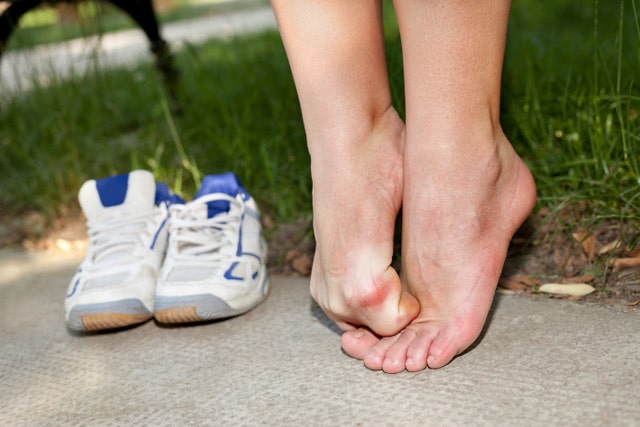
Fungi are nearly everywhere which makes athlete’s foot and nail fungal infection easy to stumble upon. Both are ugly, itchy and can make it difficult to walk. Sidestep athlete’s foot and toe fungus and keep your feet healthy with these Read More

What is LED Light Therapy? LED Light Therapy is a non-invasive treatment that triggers the body to convert light energy into cell energy without thermal heat. LED light therapy is an effective treatment for aging skin, rosacea, and other skin Read More

What is Pelleve? Refresh your appearance without surgery! The Pelleve Wrinkle Reduction System is a safe and effective, non-invasive skin tightening treatment for facial wrinkles. It works through heat to stimulate collagen production causing the skin to contract and tighten. Read More

What is Light-Based Hair Removal? Light-based hair removal treatments focus highly concentrated light into hair follicles. The pigment within the follicles absorb the light which in turn destroys unwanted hair. During the treatment, the laser light can selectively target certain Read More

During our Glow for Good campaign that ran during the 2016 holiday season, we donated a portion of our proceeds from cosmetic services and products to local charities in the communities we serve. We cannot thank all of our amazing Read More

What are injectables? “Injectables” refers to Neurotoxins, Dermal Fillers, and Sclerotherapy injections that are used to fight signs of aging. These treatments can be combined with anti-aging prevention to lessen the signs of aging. Neurotoxins, also known as Botox, Dysport, Read More

The most remarkable thing about William “Dr. B” Brown – a dermatologist who finished his practice with Anne Arundel Dermatology and retired in 2014 after practicing for over 30 years in Glen Burnie, MD – isn’t that he practiced from a wheelchair, Read More

In a continuing effort to provide ongoing quality care for our patients, we’ve expanded to three new locations, Mt. Airy, Eldersburg and Westminster. We’re excited to welcome Dr. Juris Germanas, Ms. Amy Spangler and Ms. Suzanne Cerrone who are experienced in Read More

What are chemical peels? A chemical peel is used to rejuvenate the skin on the face, neck or hands. A chemical solution is applied on the skin that acts as an exfoliator that peels off. The new layer of skin Read More

Since it’s so cold out, most of us don’t think about lathering on SPF during the winter months. However, this chilly season calls for moisturizing and lip protection. Most of all, it calls for sunscreen since more damage can be caused Read More

What is Microdermabrasion? Microdermabrasion is a non-invasive procedure that exfoliates and removes the superficial layer of dry, dead skin cells with tiny crystals. It helps thicken your collagen, which results in a younger looking complexion. It’s an excellent procedure to Read More

What is Micro-needling? Micro-needling, also referred to as dermarolling, uses tiny needles to pierce the skin to allow new collagen to grow. The procedure uses the natural healing abilities of your skin to reduce fine lines, scars and wrinkles. The easy, Read More

What is RevitaLash? RevitaLash is an eyelash stimulating conditioner that is applied alongside the lashline to help grow longer, thicker, and stronger lashes. It is ophthalmologist tested and proven to be safe and effective. It is also hypoallergenic, non-irritating, dermatologist-approved, Read More

November is Healthy Skin Month and we’re focusing on the ways that stress can wreak havoc on your skin. Let’s face it: stress happens to everyone but when you learn to manage it, your skin will be grateful. If you are Read More

What are neurotoxins? Neurotoxins, also known as Botox, Dysport, and Xeomin are injectable solutions that temporarily block nerve receptors in the muscle, preventing lines and wrinkles from forming. They can be used to treat muscle stiffness, muscle spasms, excessive sweating, and Read More

What are dermal fillers? As you age, your skin loses elasticity and begins to sag. Dermal fillers diminish facial lines and restore volume to your face. These fillers reverse this by plumping treated areas. They can plump thin lips, enhance shallow contours, soften Read More

What is Sclerotherapy? Sclerotherapy is a medical procedure used to eliminate spider veins. It involved an injection of a solution directly into the vein which irritates the lining of the blood vessel, causing it to swell and clot, forcing blood Read More
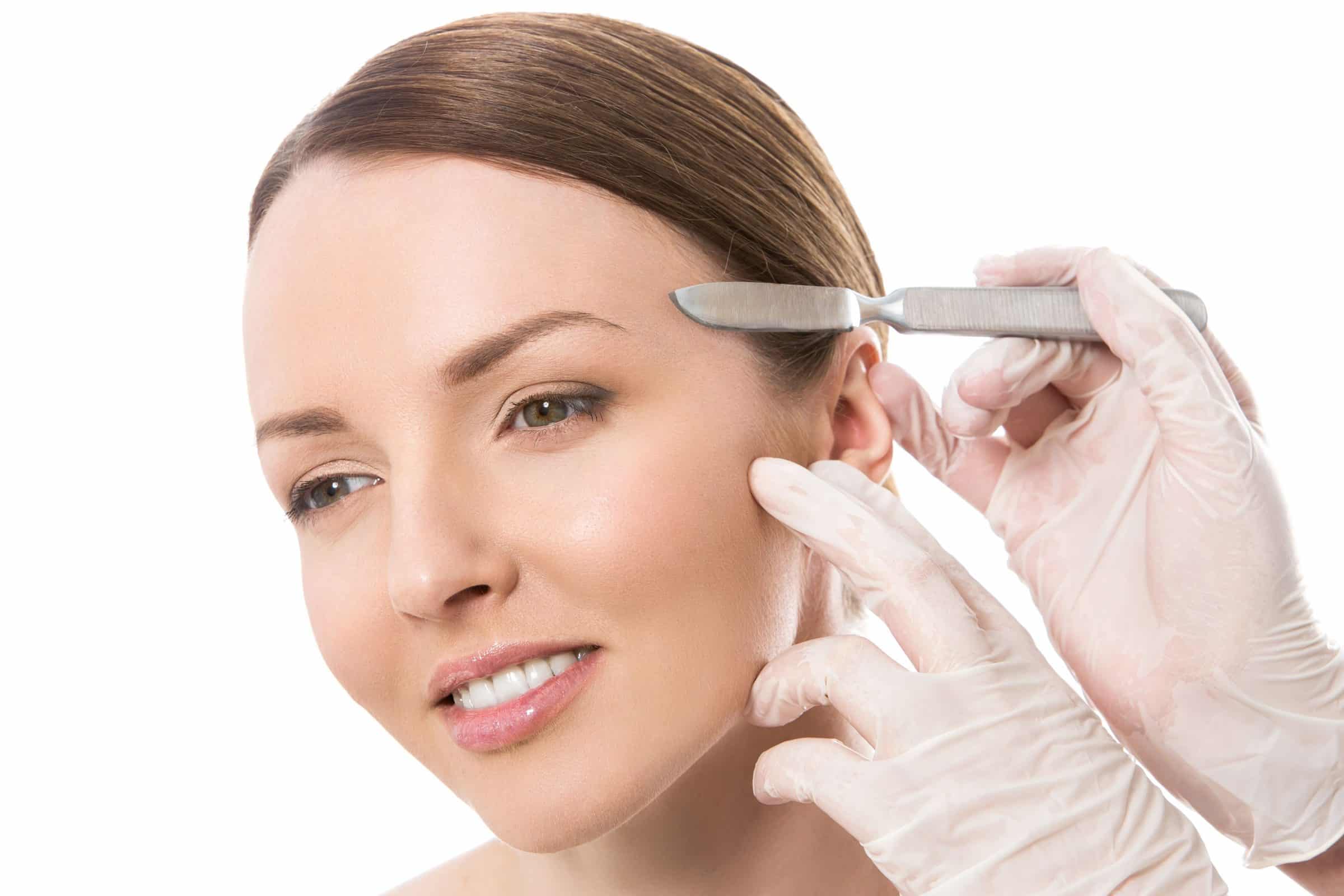
What is Dermaplaning? Dermaplaning is a safe and highly effective way of exfoliation. During the procedure, a blade shaves and removes the top-most layer of dead skin and unwanted vellus hairs, the baby-fine hairs on your face. In less than Read More

Over the next two months, Anne Arundel Dermatology will be attending events in North Beach, Hagerstown and Annapolis to promote healthy skin. When you visit our custom-designed van, you can enter to win a $500 Amazon gift card grand prize, Read More
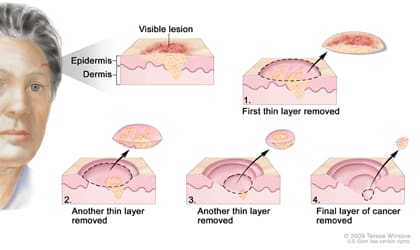
Mohs surgery, also known as “chemosurgery” is a procedure that is one of the most effective treatments for skin cancer. The surgical application has high patient satisfaction, high cure rates, low reoccurrence rates, best cosmetic results of any treatment and Read More

In a continuing effort to provide ongoing quality care for our patients, we’ve expanded to our new location in Rockville, Maryland. We’d like to welcome Dr. Walter Giblin, Dr. Anita Iyer and Dr. Stephen Krivda who bring more than 60 years Read More

Despite the 115 degree weather this past Saturday, Anne Arundel Dermatology and 110 Kids participated in the 11th Annual Youth Fishing Derby at Romancoke Pier. We were so happy to help educate everyone on skin cancer prevention and provide free Read More

In a continuing effort to provide ongoing quality care for our patients, we’ve expanded to our new location in Towson, Maryland. We’d like to welcome Dr. Jill Allbritton who brings more than 20 years of dermatologic experience to our practice. Read More

In a continuing effort to provide ongoing quality care for our patients, we’ve expanded to our new location in Owings Mills, Maryland. We’d like to welcome Dr. Risa Jampel, a board certified dermatologist since 1987. She enjoys seeing patients of Read More

On Wednesday, July 13th, Anne Arundel Dermatology joined with the Queen Anne’s County 4-H at the “Be Sun Safe” program at the Kent Island library. Approximately twenty children attended this program and Ms. Sally Rosenberry was the lead educator. She brought an Read More

On July 8th, dozens of volunteers gathered at the site that would soon become Angel Park to kick off its construction. Angel Park is not just a park…it holds a special meaning to the community. After losing their son Ryan Read More

We’re thrilled to welcome Dr. Hon Pak to our practice. Board-certified in Dermatology, Dr. Pak went attend The George Washington University School of Medicine & Health Sciences. He is a distinguished graduate of the United States Military Academy, and received his medical degree Read More
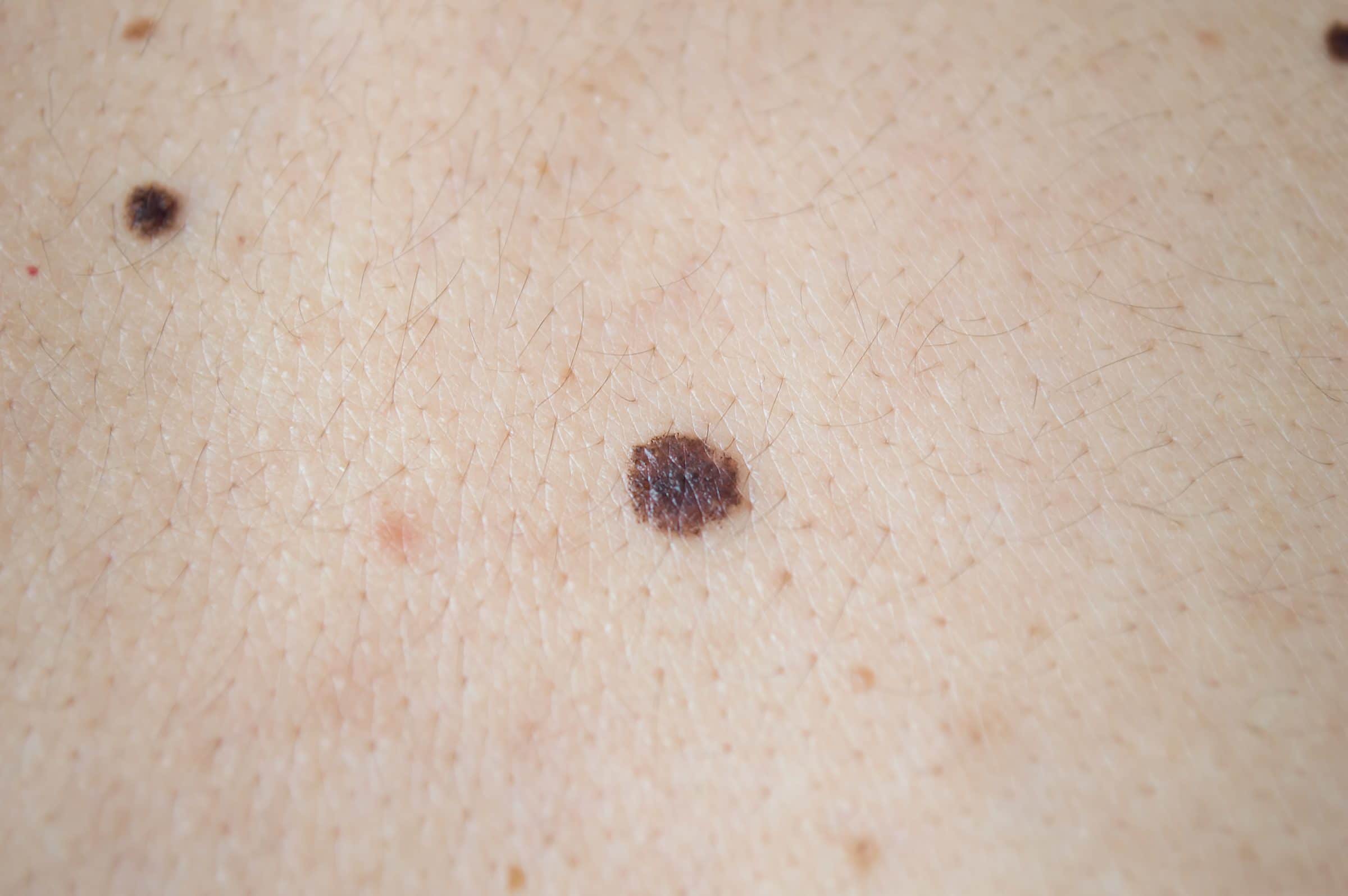
The best prevention for skin cancer is to be proactive. Understanding the different types of skin cancer and their warning signs will help you to stay alert and in touch with what is going on with your skin. Skin cancers Read More

We’re excited to launch our “Practice Safe Sun” campaign, an initiative to provide free sunscreen and chapstick across the state of Maryland to inform consumers about the importance of protecting their skin. Skin cancer can strike at ANY TIME or Read More

The Second Annual Miles for Melanoma 5K Walk/Run took place on Saturday, April 23, 2016 at Kent Island High School in Stevensville, MD. With over ___ participants, the event raised $45,060 and counting, almost reaching the fundraising goal. We want to Read More

With your busy schedule, visiting the dermatologist may be last on your list of priorities and yearly medical appointments. Not only can a dermatologist diagnose skin cancer, but they can also help identify skin problems that you may think are harmless. Here Read More

We attended the B’more Healthy Expo at the Baltimore Convention Center on March 19th. It was a great time and we were able to provide over 147 sun-exposed skin screenings. During the day, we discovered: 7 clinically atypical moles – These Read More
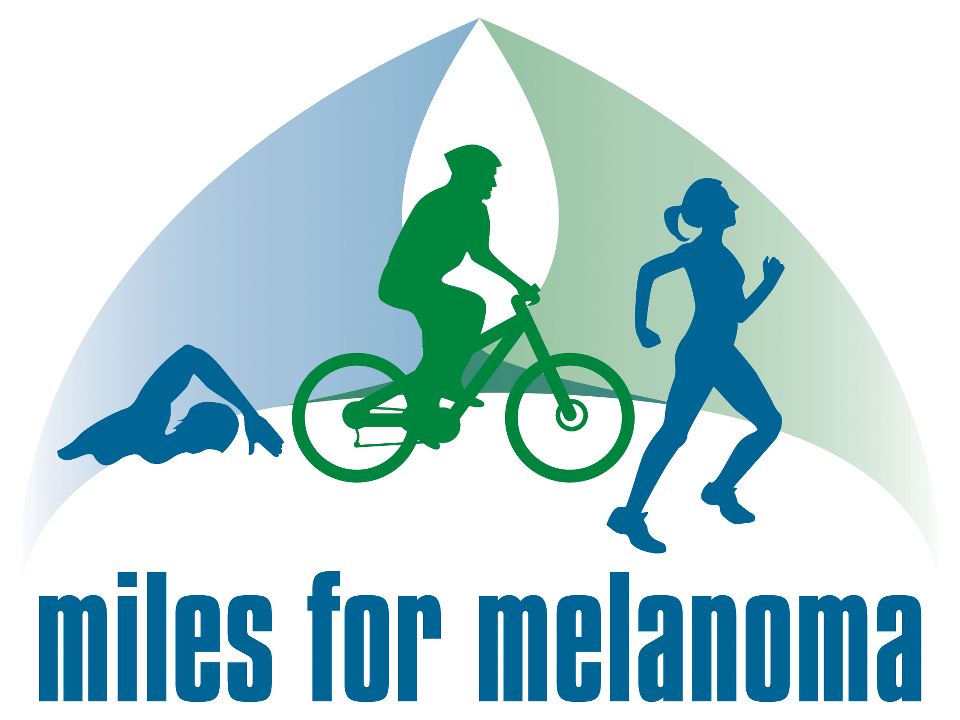
Did you know that Maryland has the 7th highest rate of new melanoma diagnoses nationwide? And did you know that each year there are more new cases of skin cancer than the combined incidence of cancers of the breast, prostate, lung Read More

There are so many things out in the world that can negatively affect your skin, even if you follow a daily skin care routine. Think about everything you’ve touched today and how many times you’ve touched your face.. It’s probably Read More

Most people tan because they want a healthy glow, but tanning beds are anything but healthy. The Food and Drug Administration recently proposed a nationwide ban on indoor tanning for people under the age of 18. Exposure to UV light Read More

What are Facials? Facials are applications to remove the outer layer of skin providing facial rejuvenation. The new skin exposed beneath is smoother and less wrinkled than the old skin. A facial uses serums and products to clean Read More

Winter is approaching, which means it will be time to enjoy outdoor activities, such as skiing, snowboarding and snow tubing. Sports enthusiasts are at an increased risk of exposure to the sun’s UV rays, so it’s important to take precaution. Most Read More

Our Prince Frederick office is now offering cosmetic services and products to address a variety of skin concerns, and we want to celebrate! Whether it’s fine wrinkles, skin tone & texture, freckles, age spots, rosacea, unwanted hair and more, we have a Read More

Our Hagerstown office is now offering cosmetic services and products to address a variety of skin concerns, and we want to celebrate! Join us at our Hagerstown Cosmetic Open House for an afternoon of refreshments, special giveaways, consults with medical Read More

Are you a teen struggling with acne? If you are, you’re not alone. Acne is the most common skin disorder in the United States and it currently affects 60 million people. 85% of all people will have acne at some Read More

The winter air increases dryness, flaking, chaffing and redness on your skin. The cold air will be here before you know it. There is no better time to get started on your winter skin regiment. Here are some tips to consider: Read More

From August 4th – September 1st, we ran our “Spot the Van” campaign. Our van was out on the road visiting the communities we serve to raise awareness about skin cancer. Some of our stops included Graul’s Market and Green Read More

Starting August 4th and running through September 1st, Anne Arundel Dermatology will be hosting events across Maryland to promote healthy skin. When you visit our custom-designed van, you can enter to win a $500 Visa gift card, receive exclusive Read More

We want to thank everyone for your help in making our Skin Cancer Awareness Month campaign extremely successful. With your assistance, our practice was able to spread the word about the importance of early detection and encourage people to get Read More
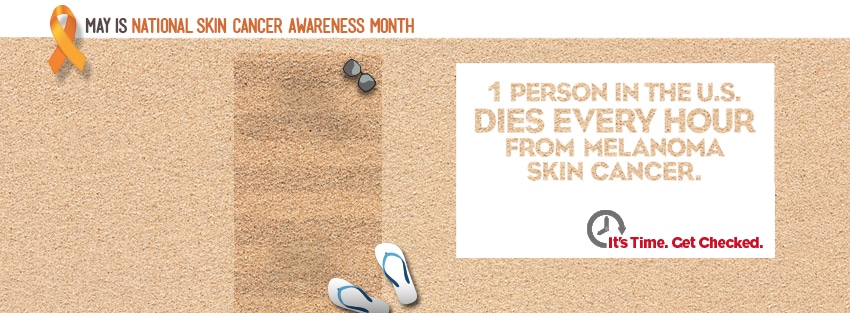
Melanoma is by far the deadliest form of skin cancer. Early detection of melanoma can significantly reduce mortality. The risk of dying from skin cancer is directly related to the depth of the cancer, which is directly related to Read More

The First Annual Miles for Melanoma 5K Walk/Run took place on Sunday, April 26, 2015 at Kent Island High School in Stevensville, MD. With over 350 participants, the event raised $44,809 and counting, almost double the original fundraising goal. We Read More

In this last installment of the pediatric skin condition series, we are going to take a look at some of the skin conditions that affect young people between 13-19. Acne Almost 8 in 10 teens have acne. It is so Read More

We have been writing a series on skin conditions that are commonly identified in our pediatric patients. This post focuses specifically on rashes and skin issues that affect children between the ages of 5-12 and how to best diagnosis them. Read More
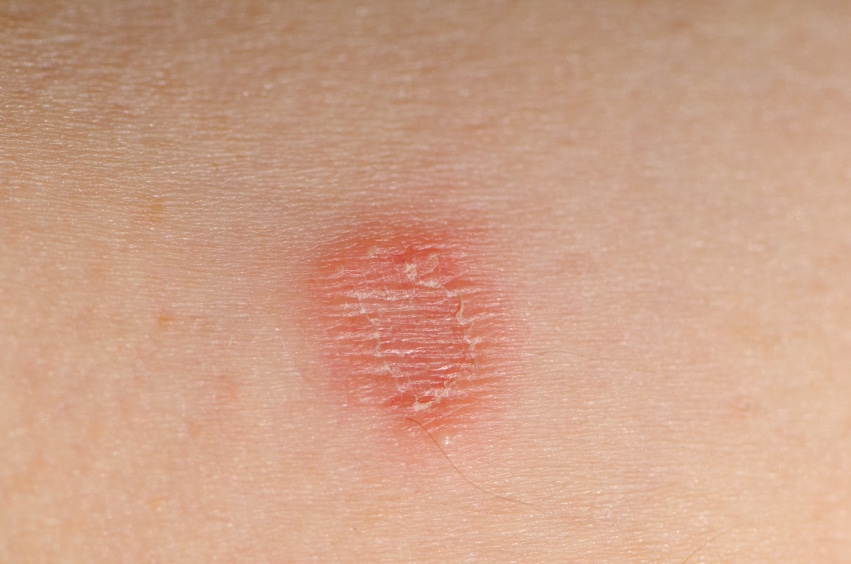
In the first blog post of this series, we focused on skin conditions that typically affect infants. This installment will help you to understand common skin conditions that occur in toddlers and how to diagnosis them. Impetigo Impetigo is one Read More

Did you know that Maryland has the 7th highest rate of new melanoma diagnoses nationwide among White residents, who are the highest risk for melanoma? And did you know that each year there are more new cases of skin cancer than Read More

We hosted an Open House event to celebrate our new Hagerstown office on February 27th. If you are interested in learning more about our dermatologists, services and new office location, visit https://aadermatology.com/locations/hagerstown-md-location/. Read More
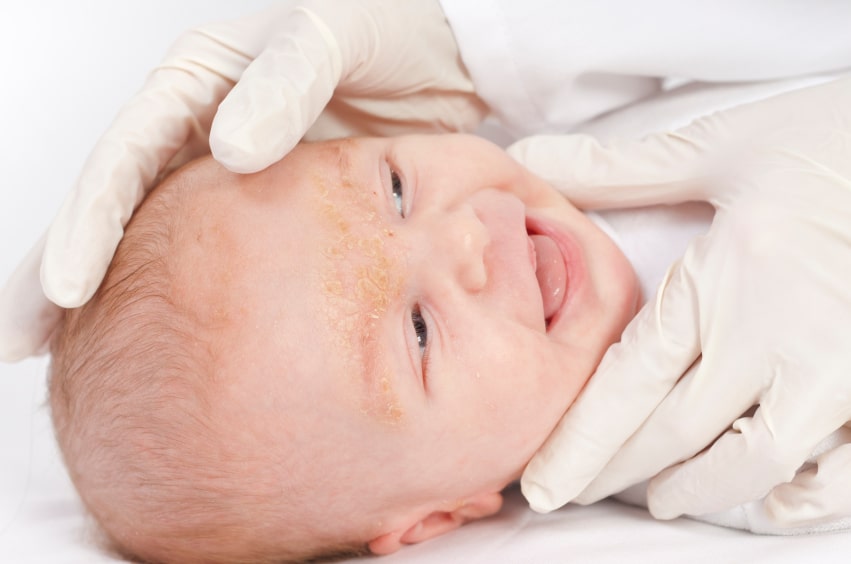
As parents, it is always unnerving when rashes or blemishes appear on your baby. To help better understand some common skin conditions and how to diagnosis them, we have put together a resource guide for you. Baby acne Baby acne Read More
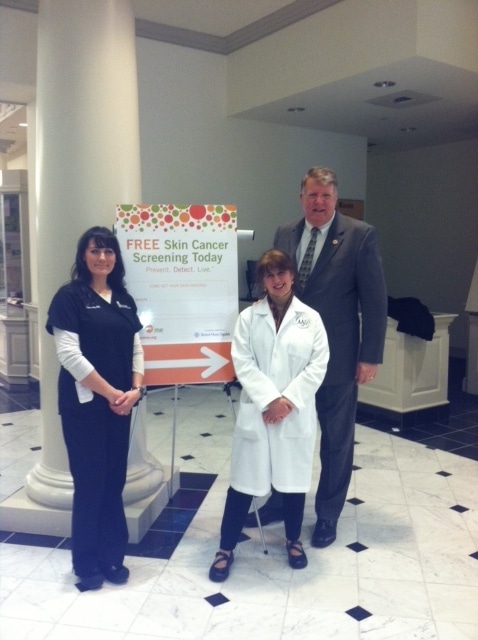
The American Academy of Dermatology and the Maryland Dermatologic Society hosted a free skin cancer screening in the House Office Building in Annapolis on February 4, 2015. While the AAD and MDS is supporting trying to pass legislation to prohibit Read More

Our very own Dr. Kang and Dr. Marquart with colleagues, Dr. Saini and Dr. Curtin recently attended an event hosted by the American Academy of Dermatology & Major League Baseball at Camden Yards to educate the community about skin cancer Read More

Acne is a pain. No one wants to go back to school with red, oily skin. Fortunately, there are steps you can take to minimize acne and maintain clear skin. Clean Slate: This is the best and most simple advice Read More

Unfortunately, one in five Americans will develop some form of skin cancer during the course of their lifetime. While we all enjoy being outdoors during this fun and relaxing time of year, dermatologists are compelled to encourage our patients to Read More

You think that a little color on your skin is fine, right? That it gives you a healthy “glow” and helps keep your skin clear. A quick trip to the tanning salon can’t wreak too much havoc on your skin, Read More

Here at Anne Arundel Dermatology, we are committed to spreading the message of skin cancer awareness and keeping our community safe and healthy. This spring, we participated in many community outreach events spreading the message of skin cancer awareness and Read More

Have you noticed those fine lines in your face are starting to show more? You want to do something about it, but you don’t want to go down the route of injections or surgery? Well, you are in luck. Our Read More

This is an annual event where students and staff walk laps around the school’s parking lot in a dual effort to raise funds and take on a healthier lifestyle. We had a team of people handing out t-shirts and information about Read More

The Surgery Center participated in this event raising money and promoting awareness for Melanoma. The event created a sense of pride and teamwork. Everyone did an amazing job, and we have some incredible athletes… Mike Davis won the entire event Read More

PCA Perfecting Neck & Decollete provides rapid results for smoother, younger-looking skin, reversing the appearance of sun damage. It contains the newest generation of peptides to minimize fine lines and wrinkles, as well as grape fruit cell extract which is Read More

Anne Arundel Dermatology prides themselves in providing the best care available for their patients. Physician assistants (PAs) are a integral part of the patient/physician relationship. PAs are healthcare professionals licensed or credentialed to practice medicine with physician supervision. As part Read More

With Skin Cancer Awareness Month and Melanoma Monday a little over a month away, we are reminded of the importance of checking your skin for suspicious spots. It is a common misconception that skin cancer only effects people with fair skin tones. In fact, Read More

Choose your ballot area and vote! Our categories include (vote in as many categories as you like): Cosmetic Injections Dermal Fillers Chemical Peel Microdermabrasion Procedure Laser Skin Treatment Laser Hair Removal BALLOT AREAS Annapolis Ballot Eastern Shore Ballot West County Ballot Read More

Are you tired of covering and concealing your skin imperfections? With Photo rejuvenation at Anne Arundel Dermatology you can get back to the clear, youthful skin you desire, quickly, easily, and with minimal downtime. Optimized-light photo rejuvenation treatment is an Read More

1 in 5 Americans will develop Skin Cancer. DON’T LET IT BE YOU! As part of Anne Arundel Dermatology’s ongoing commitment to the community to raise skin cancer awareness we will be offering FREE Sun Exposed Skin Cancer Screenings at Read More

Now You and Your Friends and Family Can Save on Cosmetic Services! Refer your friends and family for cosmetic services they have not experienced with us and receive $20 towards a future cosmetic service at any Anne Arundel Dermatology location. Read More

Get Radiant Skin by Clearing Unwanted Pigment and Blood Vessels Stop covering and concealing your skin imperfections—and get back to the clear, youthful skin you desire, quickly, easily, and with minimal downtime. It’s possible with optimized-light photo rejuvenation treatment – Read More

November is National Healthy Skin Month and Anne Arundel Dermatology is celebrating by reminding you to take a second during this busy holiday season to look at your skin! Here are a few tips on how to keep your skin Read More

May is skin cancer awareness month and we are joining the American Academy of Dermatology to spread the message about prevention and detection. Prevention: Skin cancer prevention starts with protecting your skin from the sun’s harmful rays. If you don’t Read More

May is Skin Cancer Awareness Month and we would like to spread the message about early detection and prevention. What is skin cancer? Skin cancer is the most common type of cancer in the world, and more than 3.5 million Read More

It’s no secret that colder temps and the winter season wreak havoc on your skin. The heat you turn up to stay warm and toasty significantly dries out your skin and the frigid temperatures outside cause more dryness and cracking. Read More

One in five Americans will develop skin cancer over the course of their lifetime. According to the American Cancer Society, there will be more than 2 million cases of Basal cell and Squamous cell carcinomas and more than 75,000 cases Read More

This month, before you dive into your Thanksgiving dinner or shop till you drop on Black Friday, take a good long look at your skin from head to toe. While November is traditionally known for the Thanksgiving holiday: the food, Read More

In our last post, we discussed essential ingredients that can be found in a variety of products. In this post, we will discuss the three essential steps and products that need to be a part of your skin care routine. Read More

Anyone who is concerned about their skin care knows the overwhelming experience that choosing the right product can create. For some, obtaining clear skin isn’t a simple feat; it takes a sincere approach to understanding how skin care ingredients and products Read More

Healthier skin is making news on the Eastern Shore of Maryland. Visit the new location for Anne Arundel Dermatology on Kent Island in Stevensville, Maryland for general, surgical and cosmetic dermatology services. Make an appointment to see our providers: Lisa Read More
With 60+ offices, Anne Arundel Dermatology and Affiliated has assembled the finest group of Dermatologists in the Mid-Atlantic & Southeastern states.
I arrived half hour early sat down I was called back and was out before my original appointment time. Great people, everybody friendly and very helpful.
Mike Z.
Always on time. Friendly service and they take time to listen to your concerns. Clearly explain things to ensure that you understand what has been discussed.
Thomas R.
Anne Arundel Dermatology is a great place to work. We offer career advancement opportunities. We invite you to View All Current Openings.